As I mentioned in the last post I am planning to breed my flock next year, so with that in mind I have visited a couple of people who also have Gotland sheep. I am looking for a nicely formed ram who has good fleece, nice temperament and good body structure.
A few weeks ago I visited a nearby farm to see a very nice male Gottie; he is very much like the Gute sheep with very nice horns and a lovely fleece.
If you have read my page about the ancestry of the Gotland Pelt sheep you will know that this breed is a ‘polled’ sheep (the gene for horns has been bred out of the Gotlands).
Although this ram has obvious genes reverting back to the ancestral type of Gute breed, I am still interested in this boy as he could breed some animals with fleece similar to the older bred.
The other farm we have just returned from is The Woolshed Canaan in Motueka – Nelson district.
Jessica also has some very nice Gotland Pelt sheep and particularly a ram with lovely grey fleece, and a nice body shape.
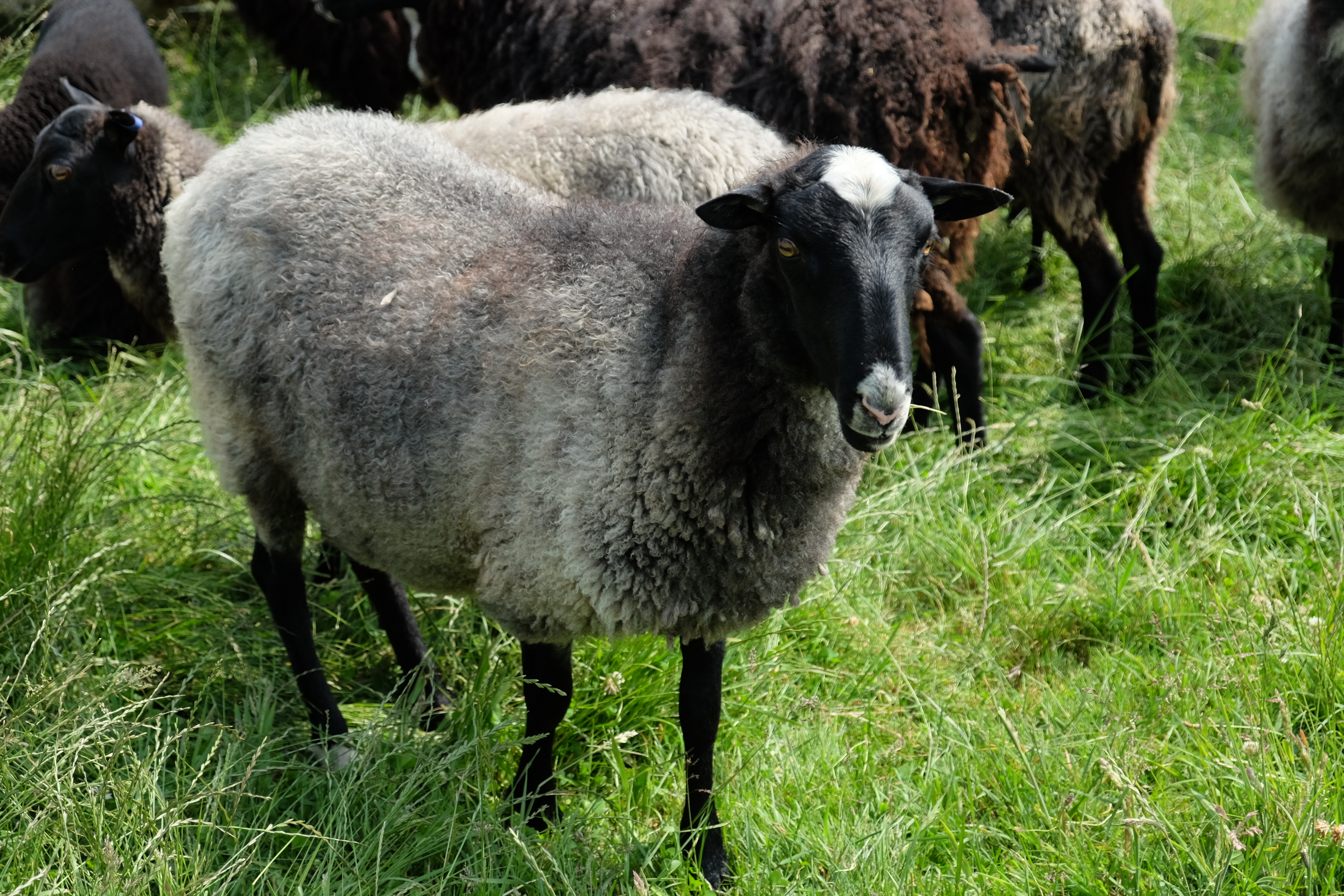

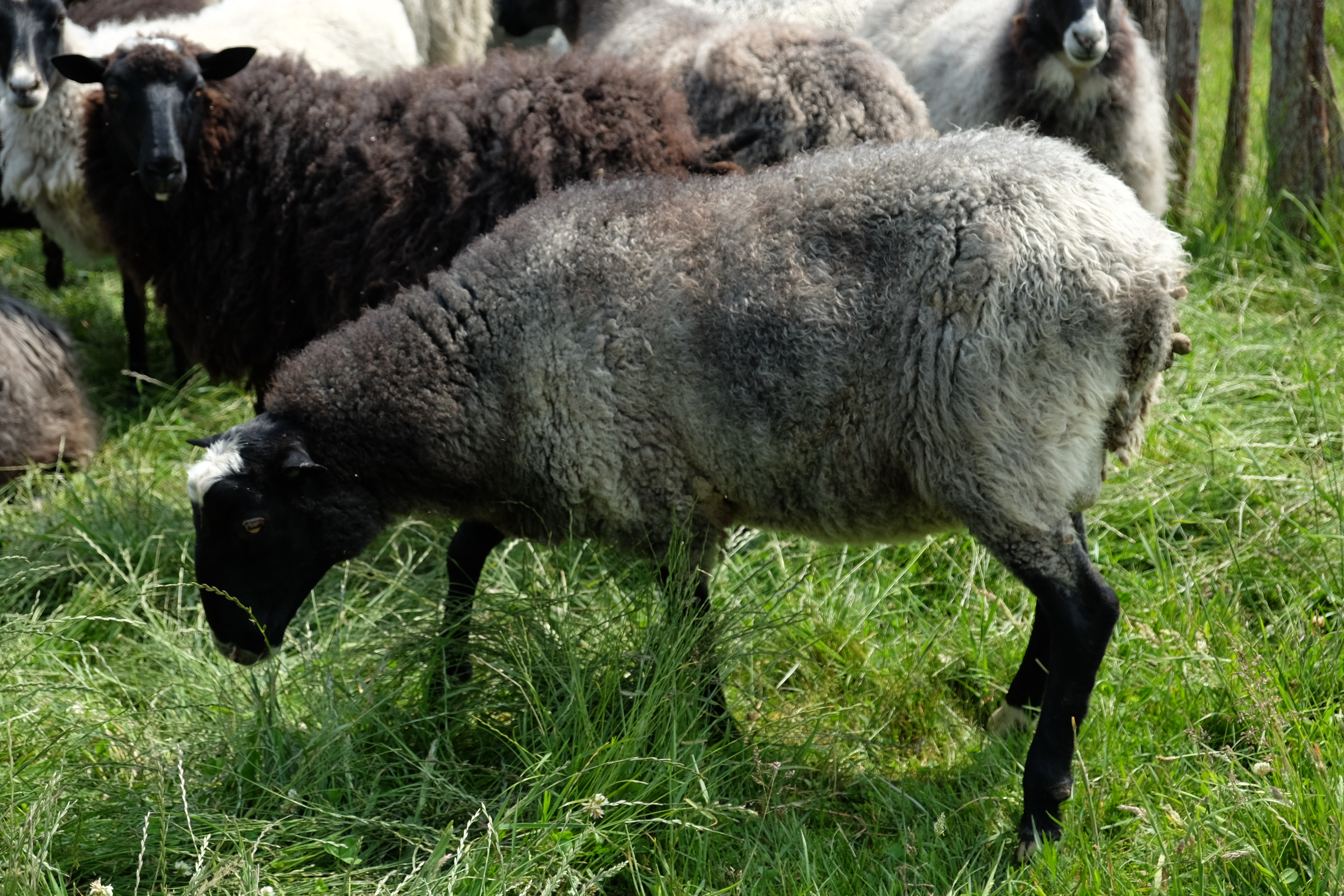
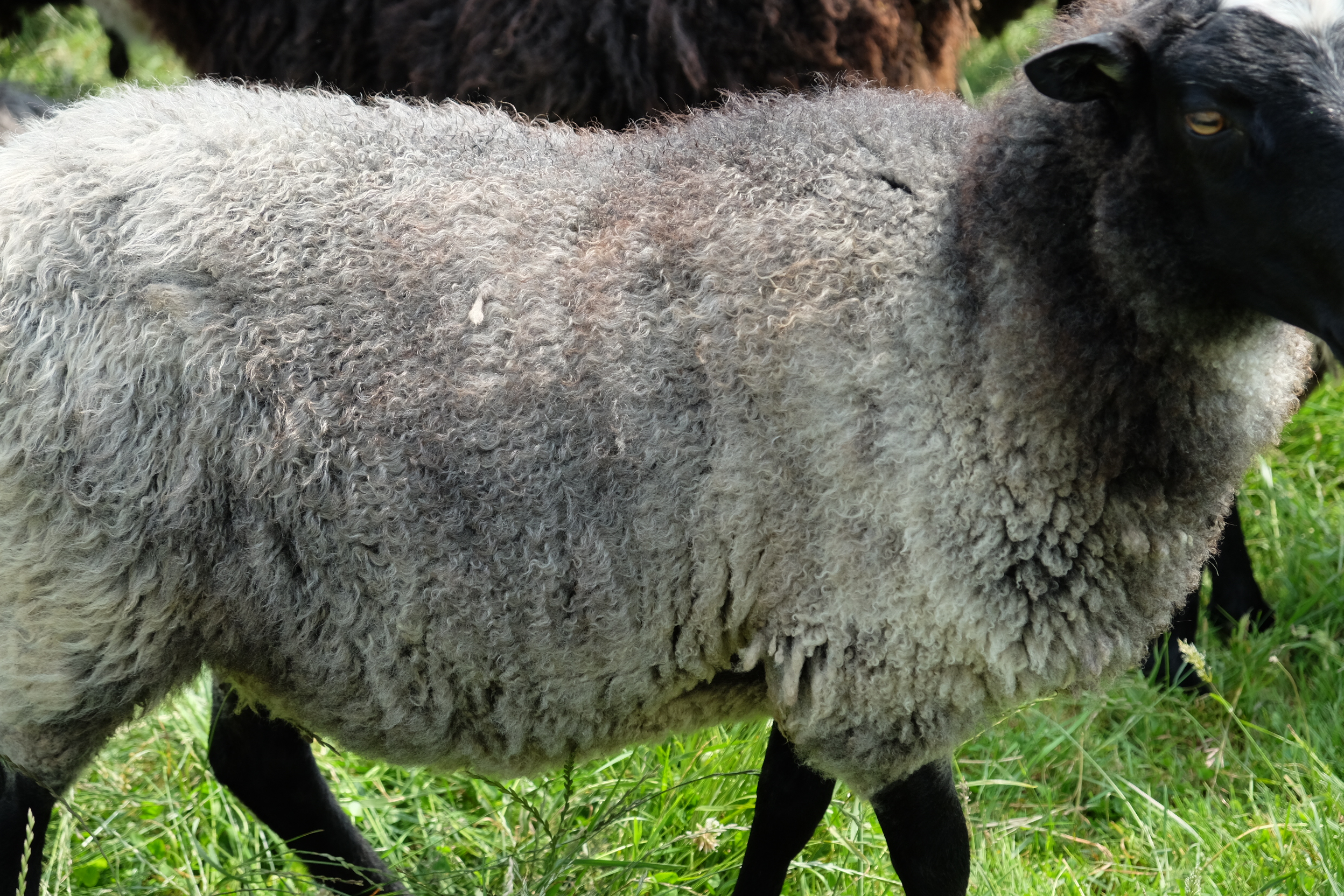


With Christmas just around the corner, my thoughts will stray from sheep breeding for now but in the new year I will plan who I want to breed from come the spring of 2020 (September/October).
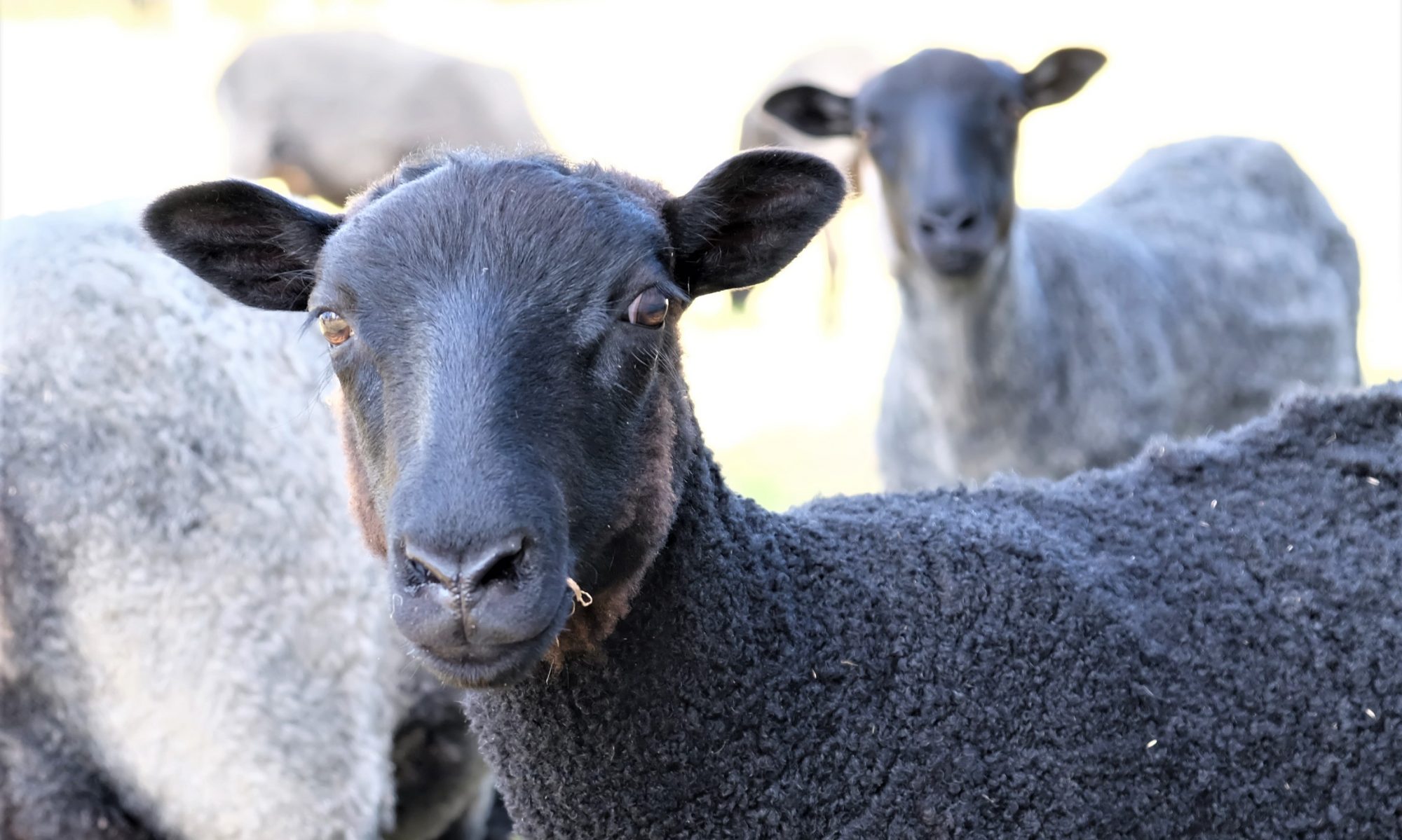
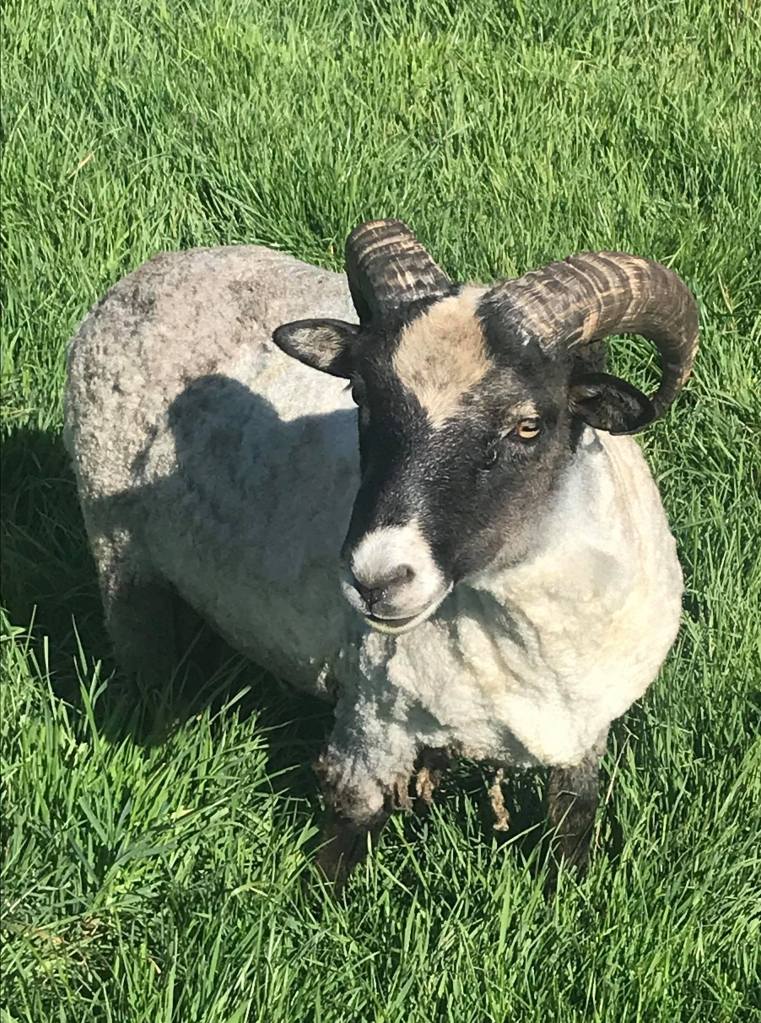

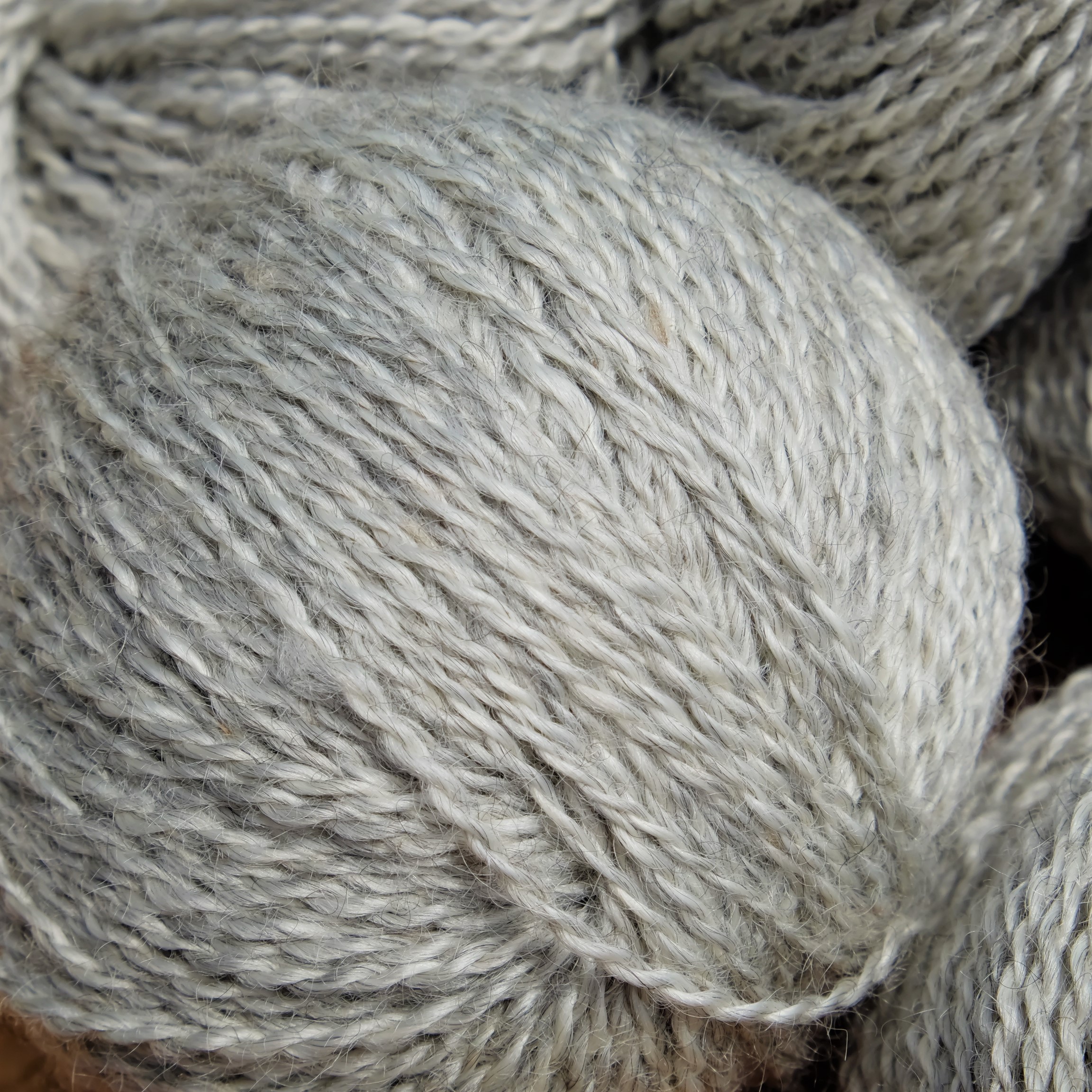
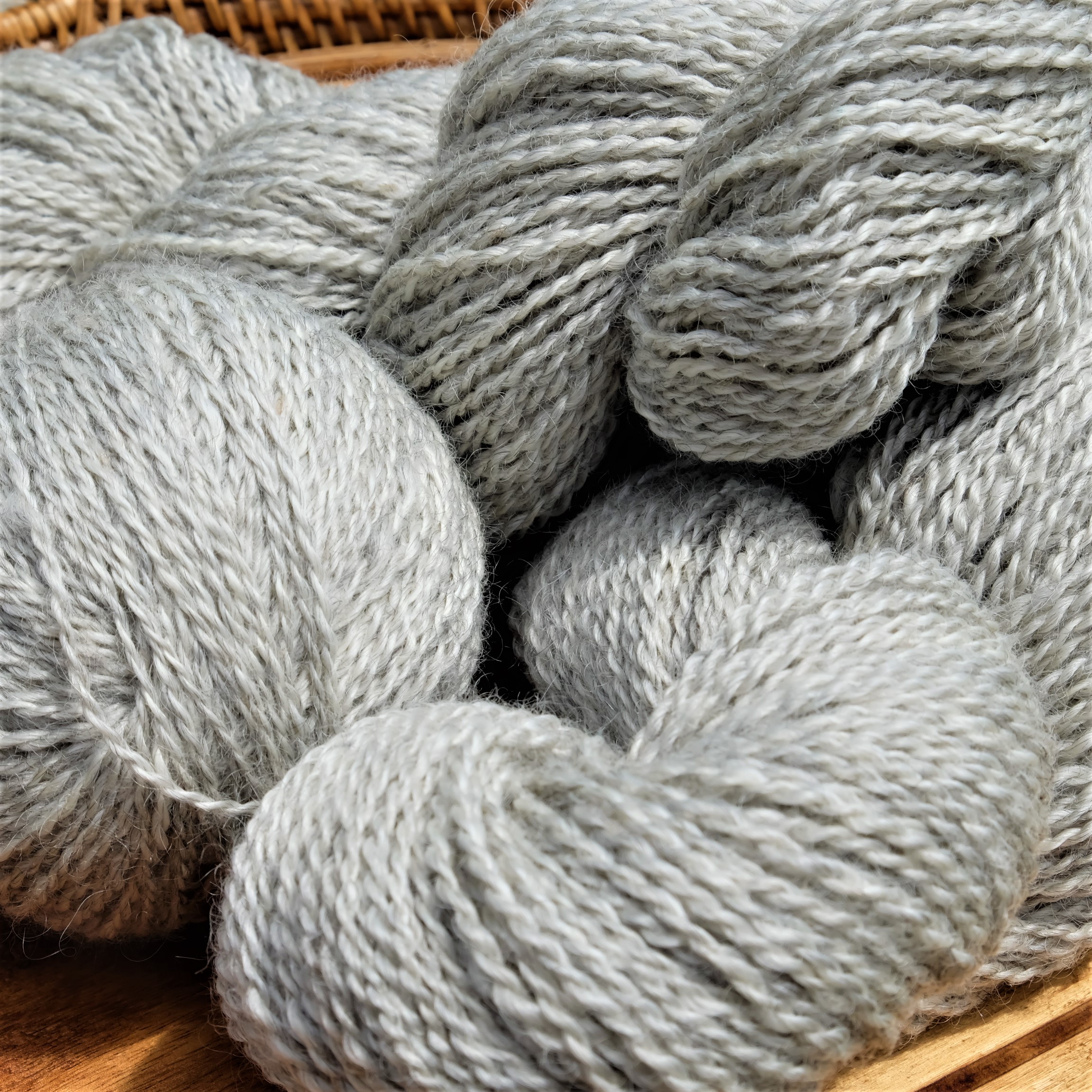
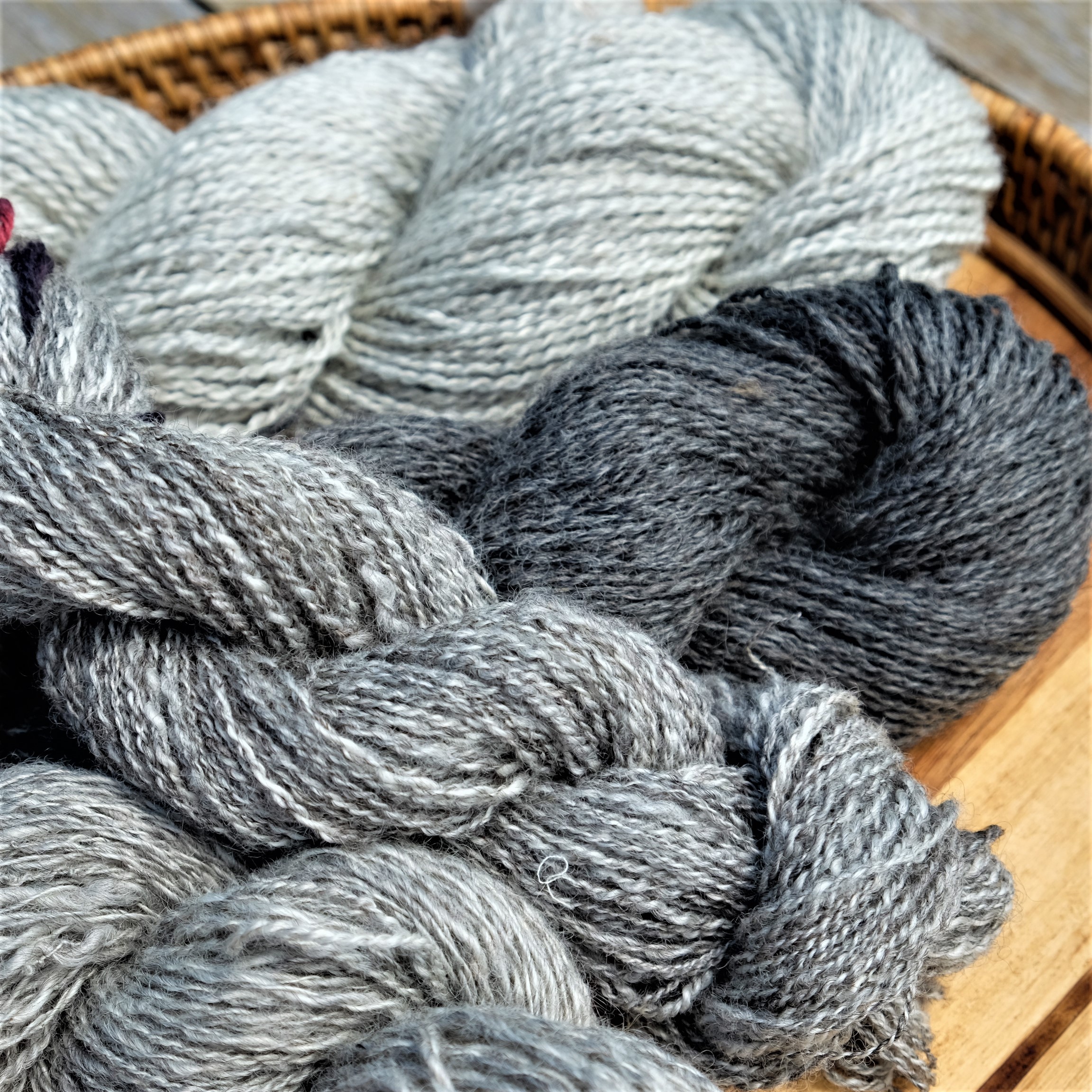

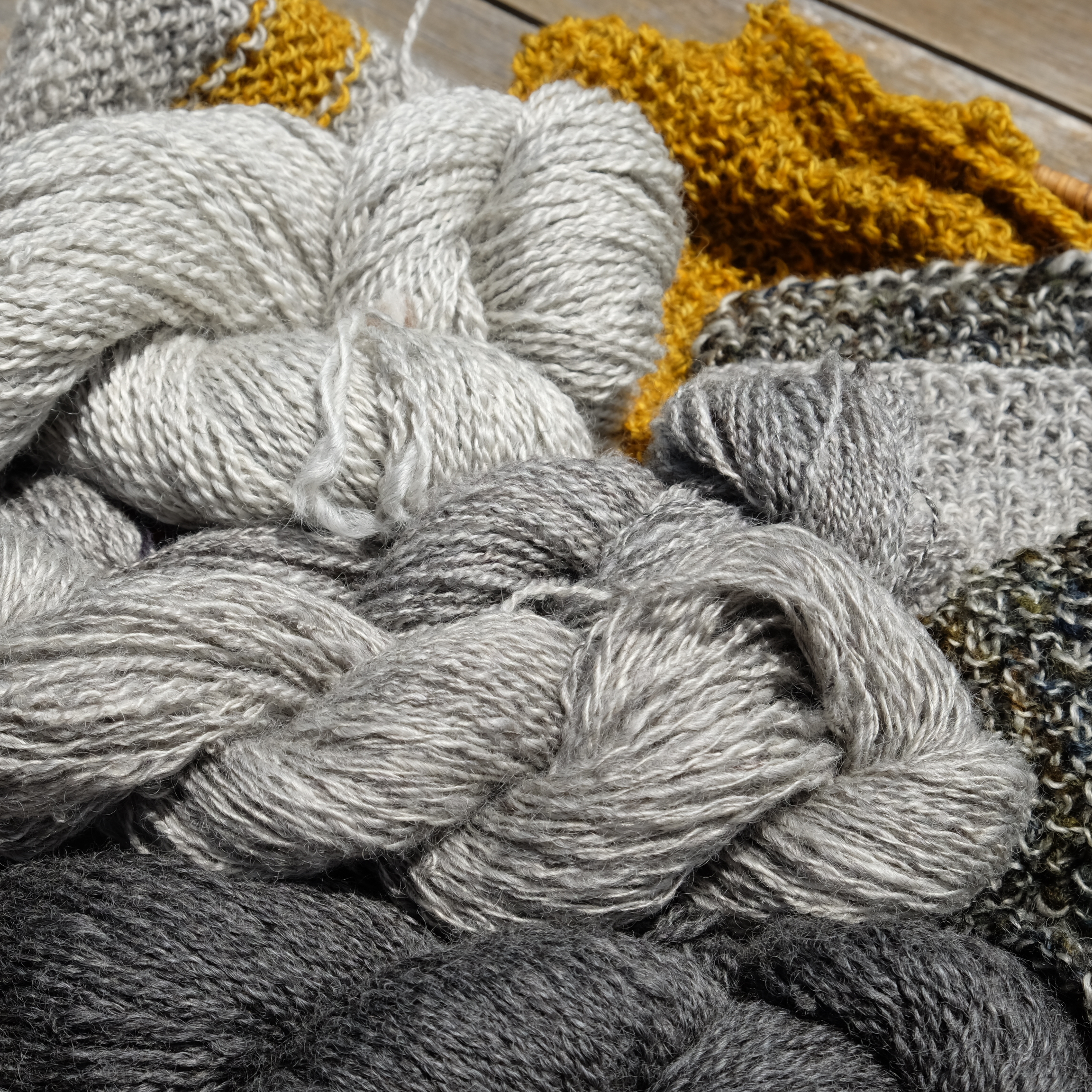
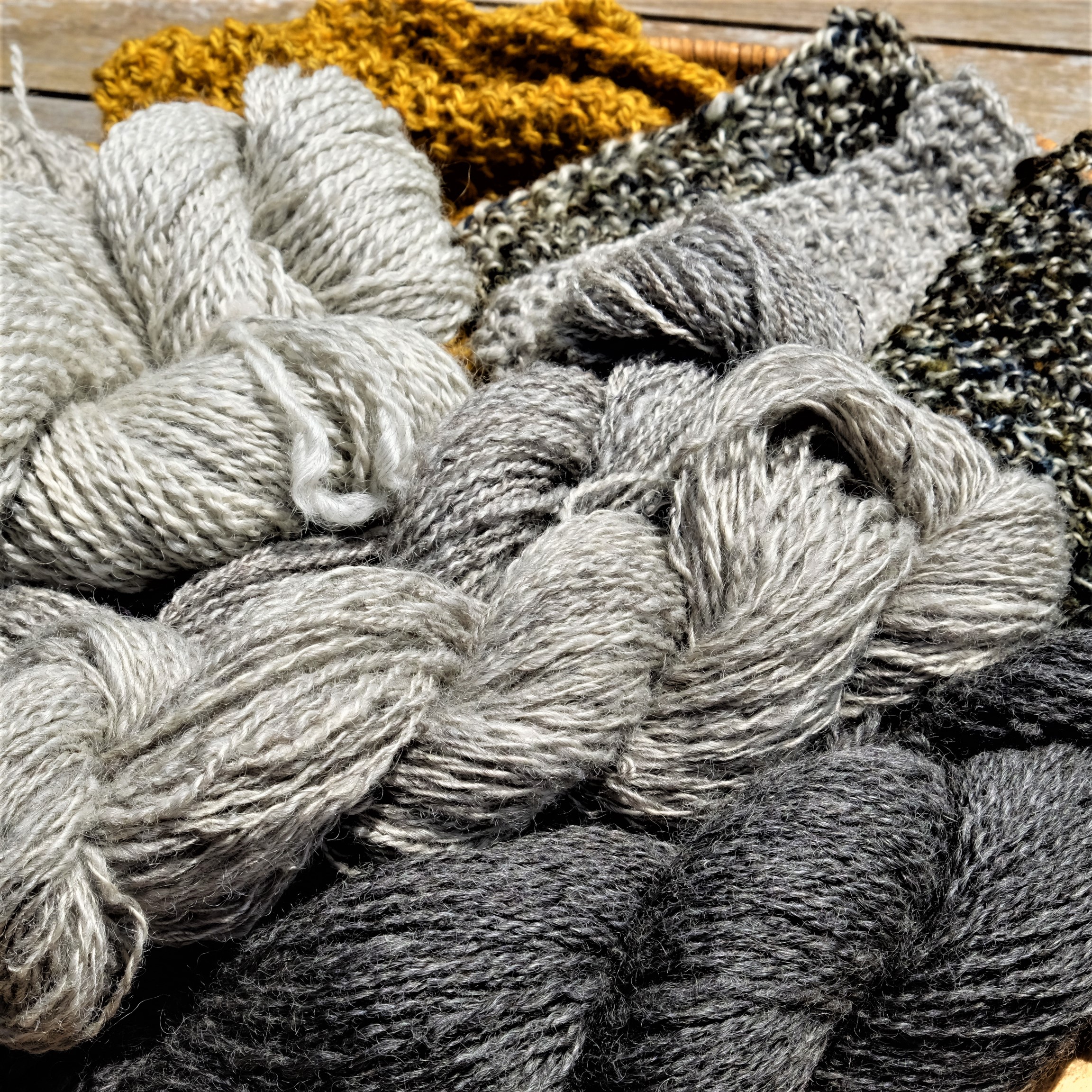



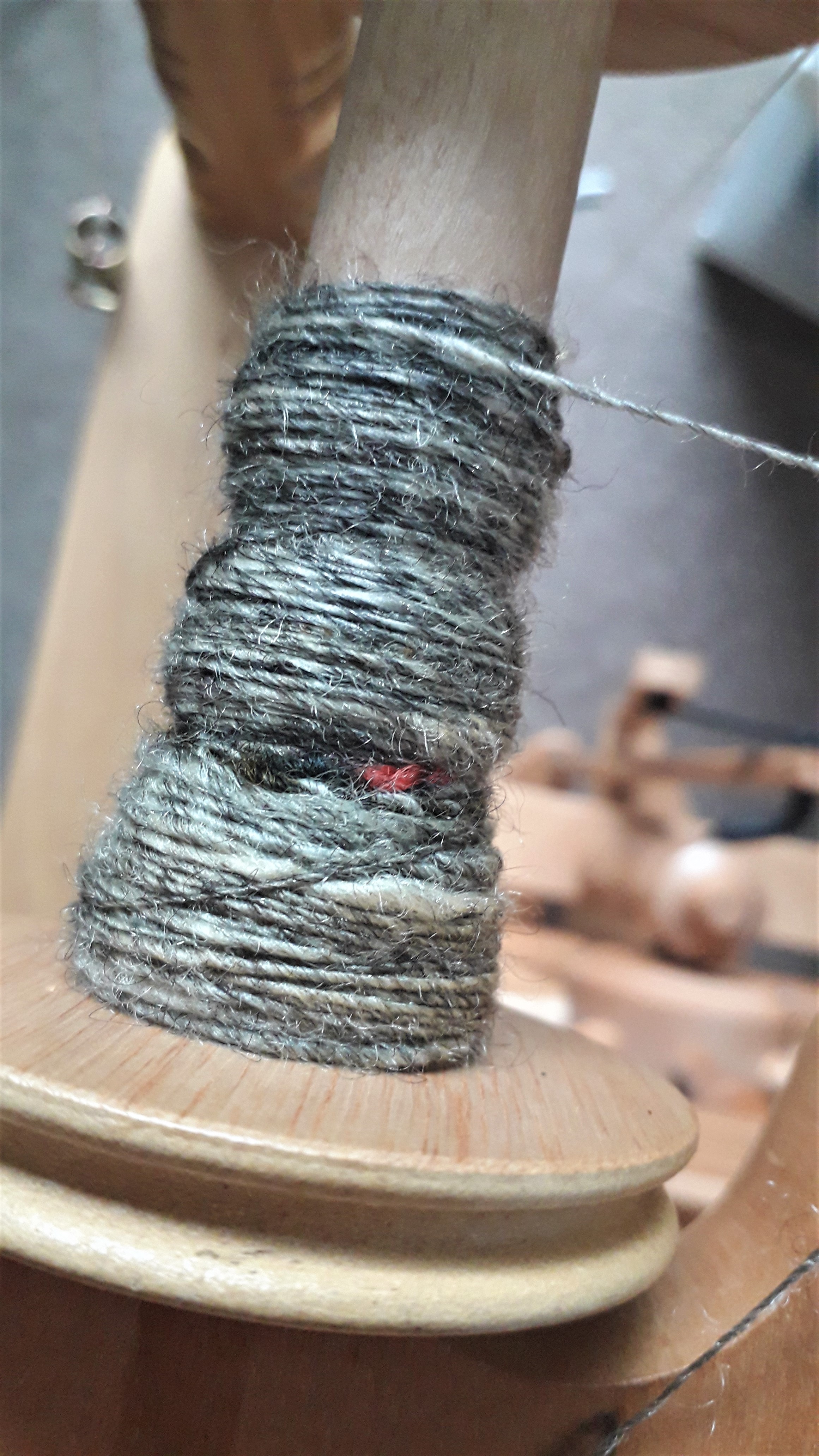








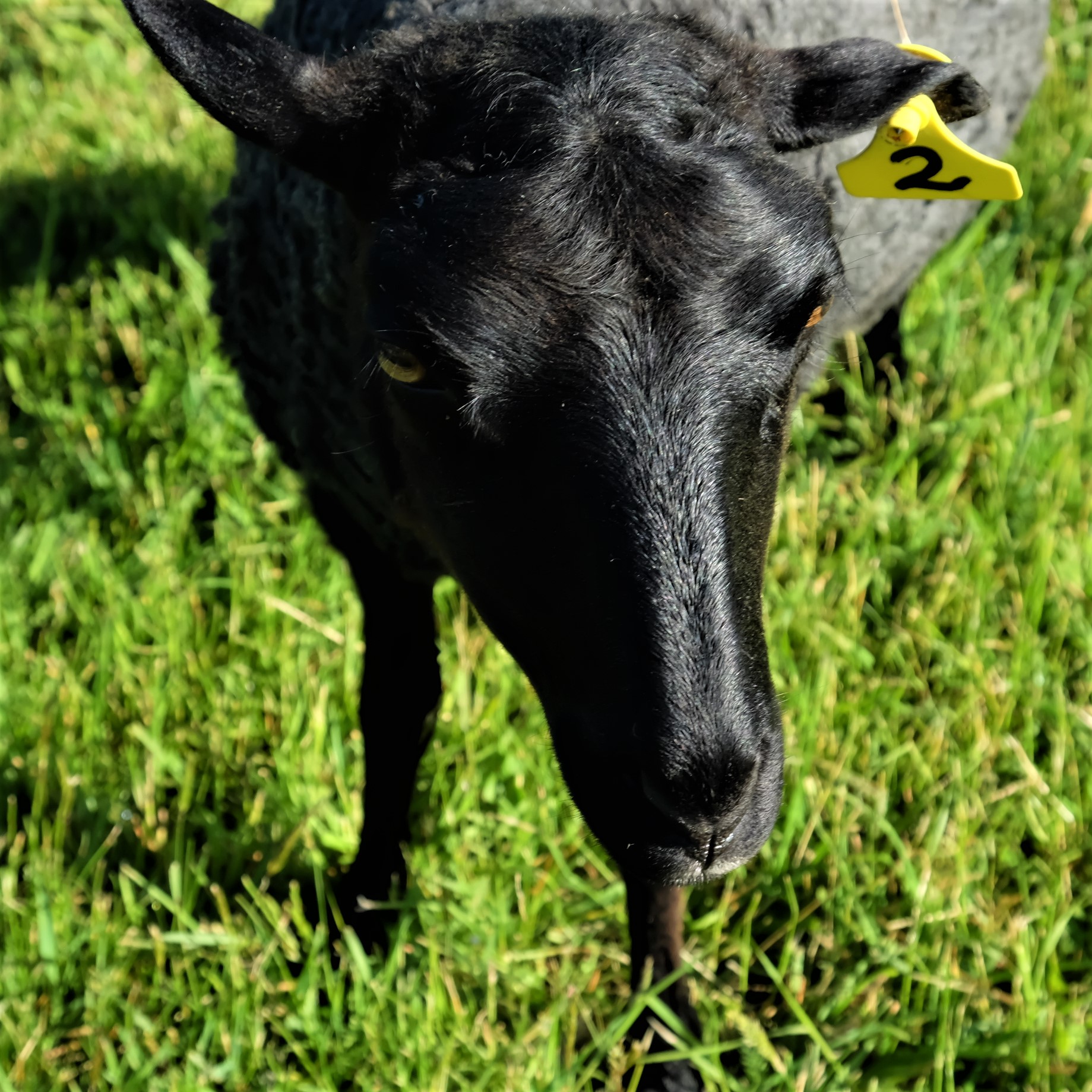
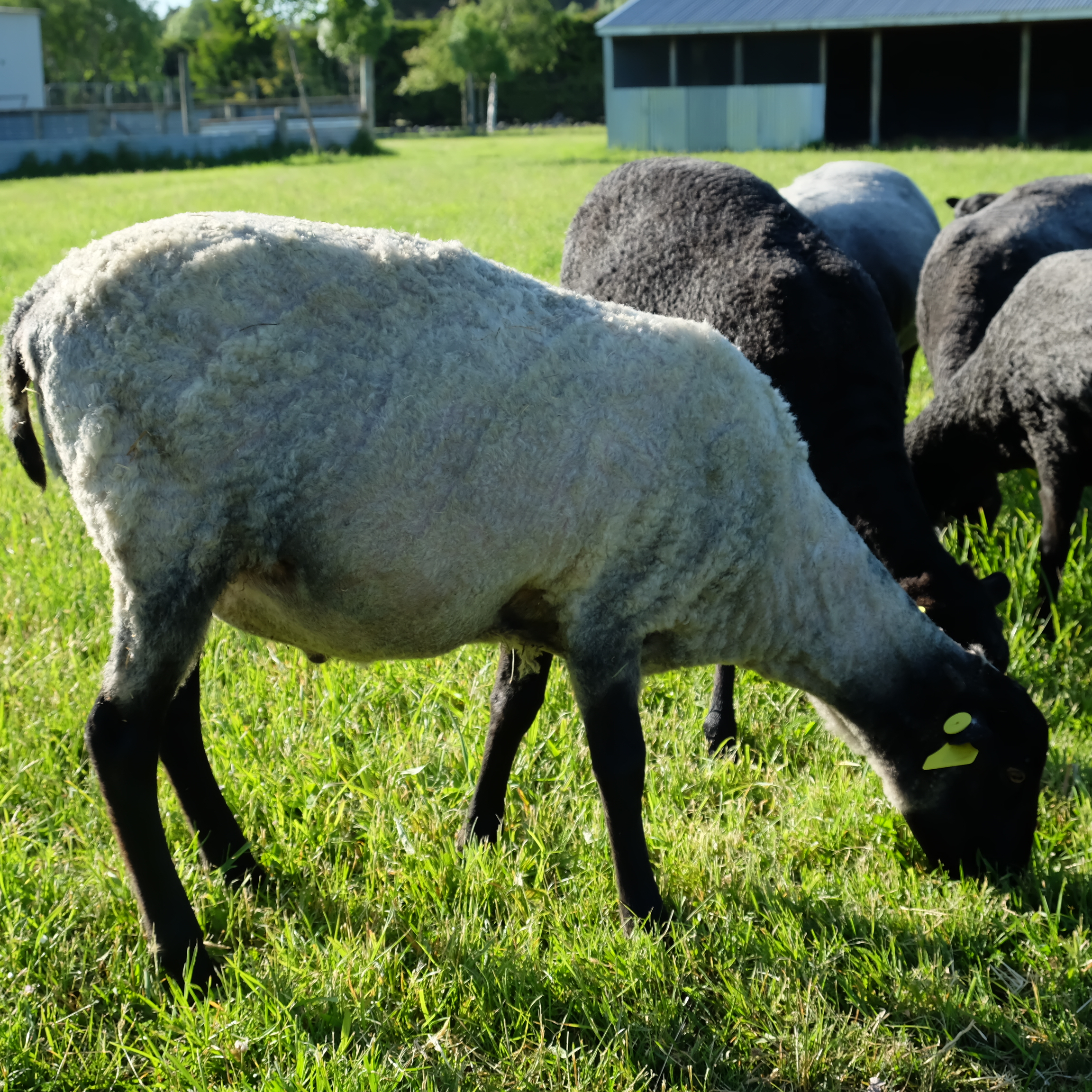
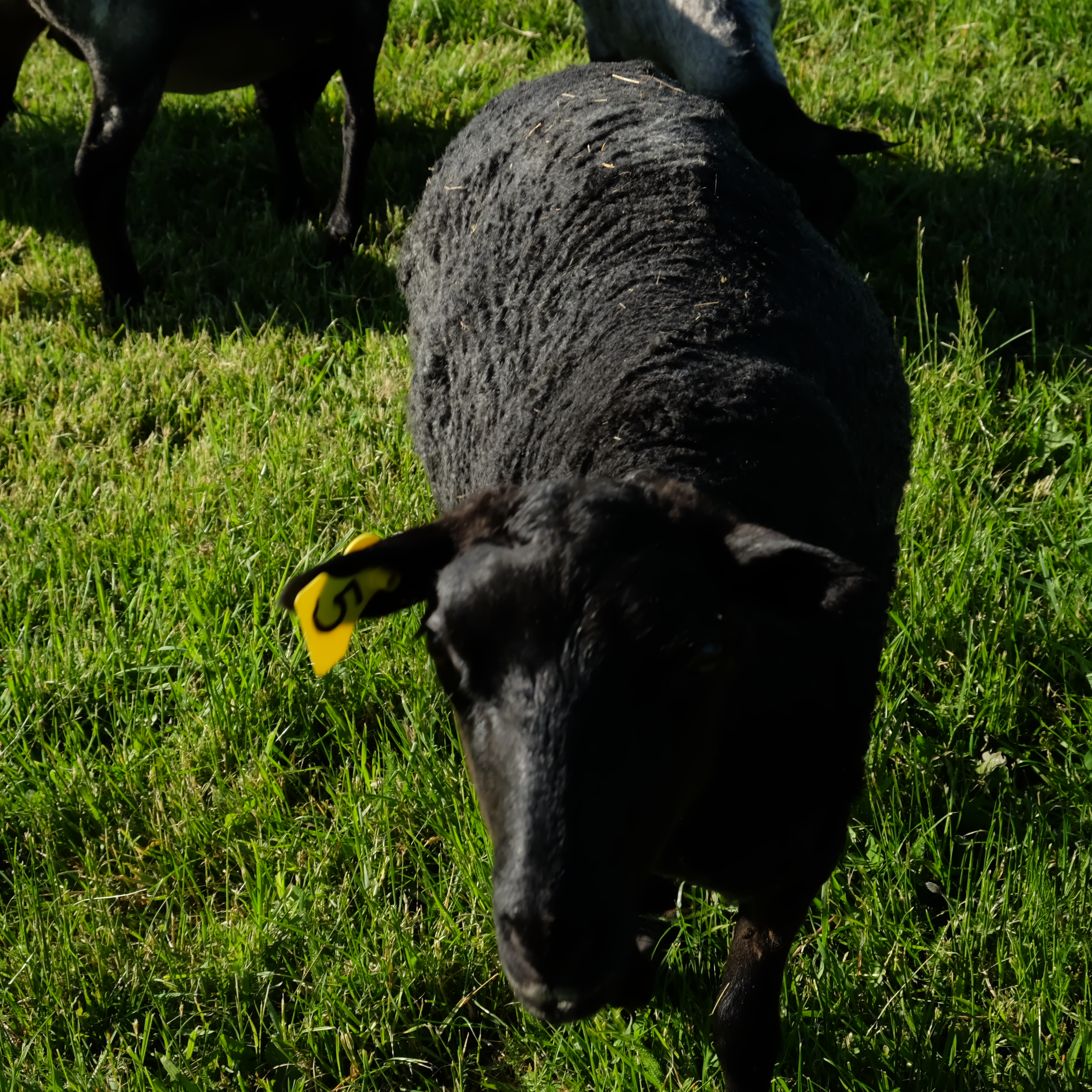
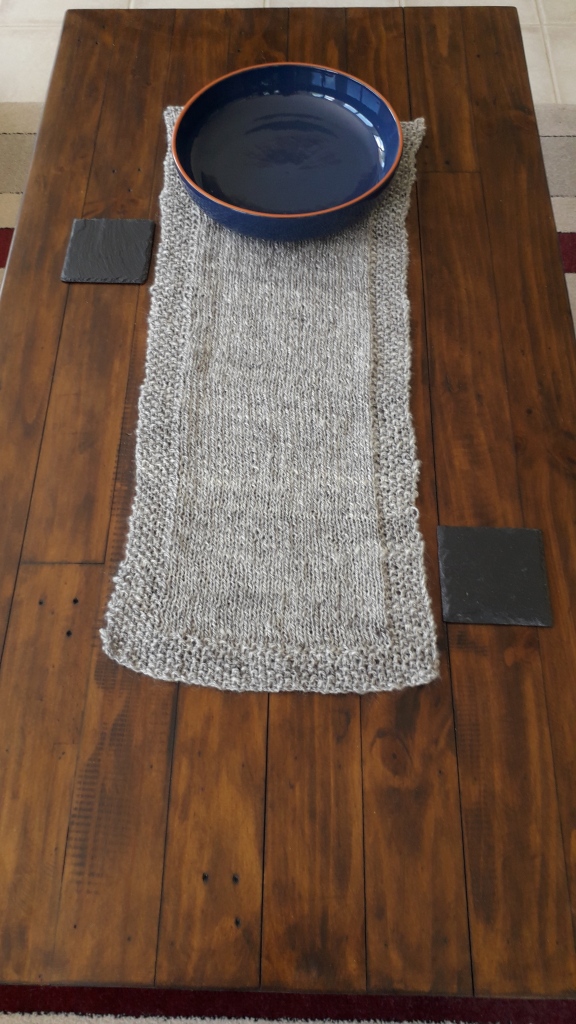
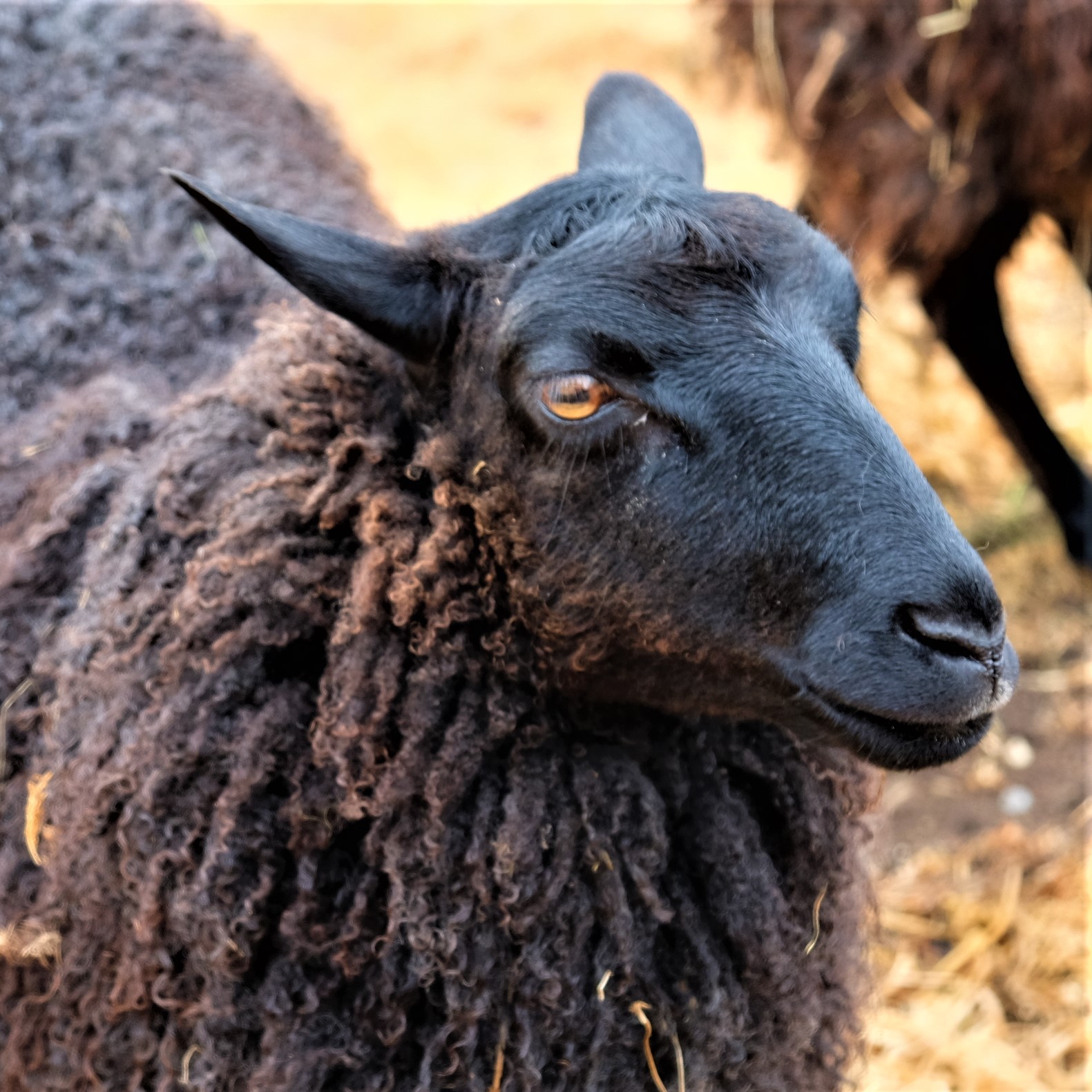
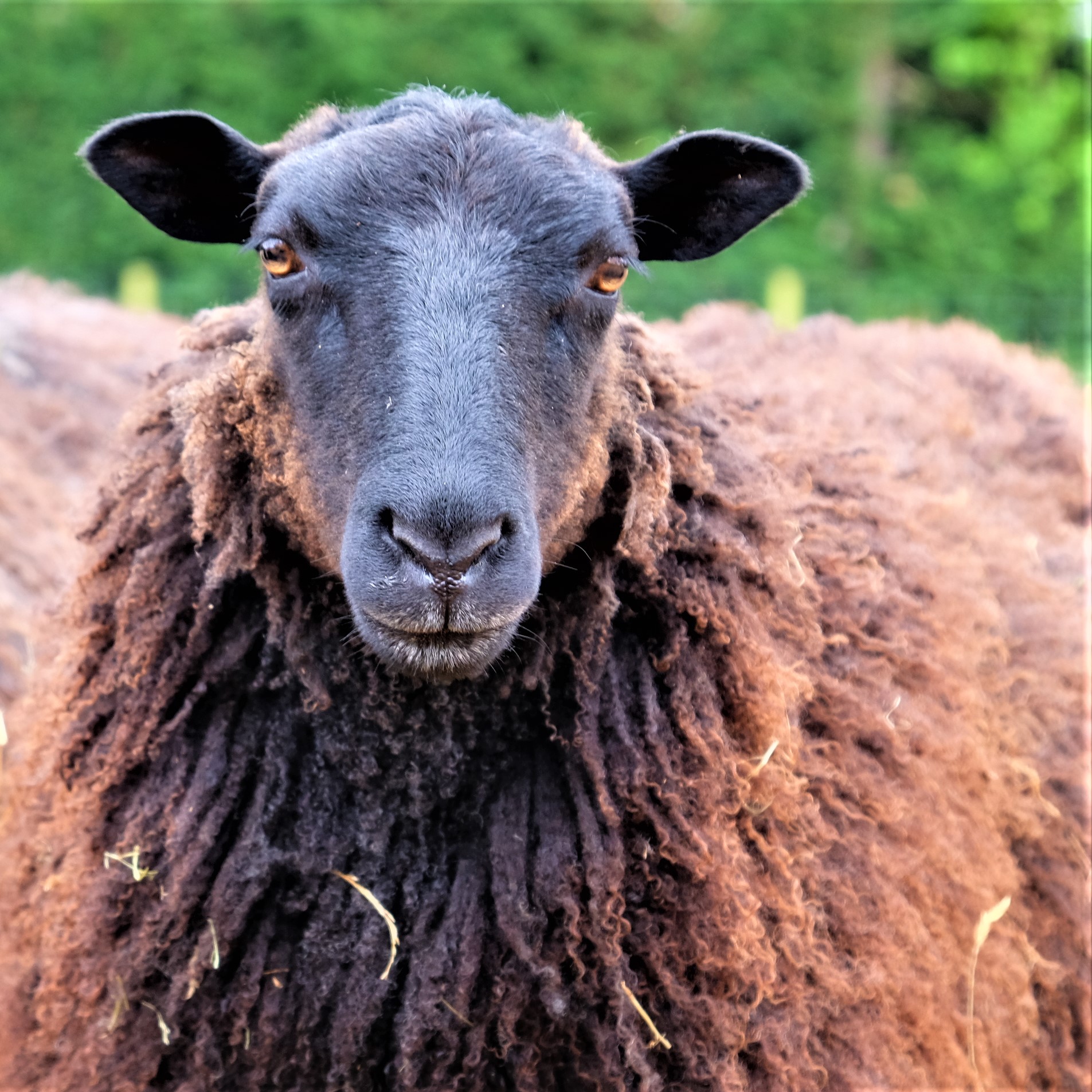
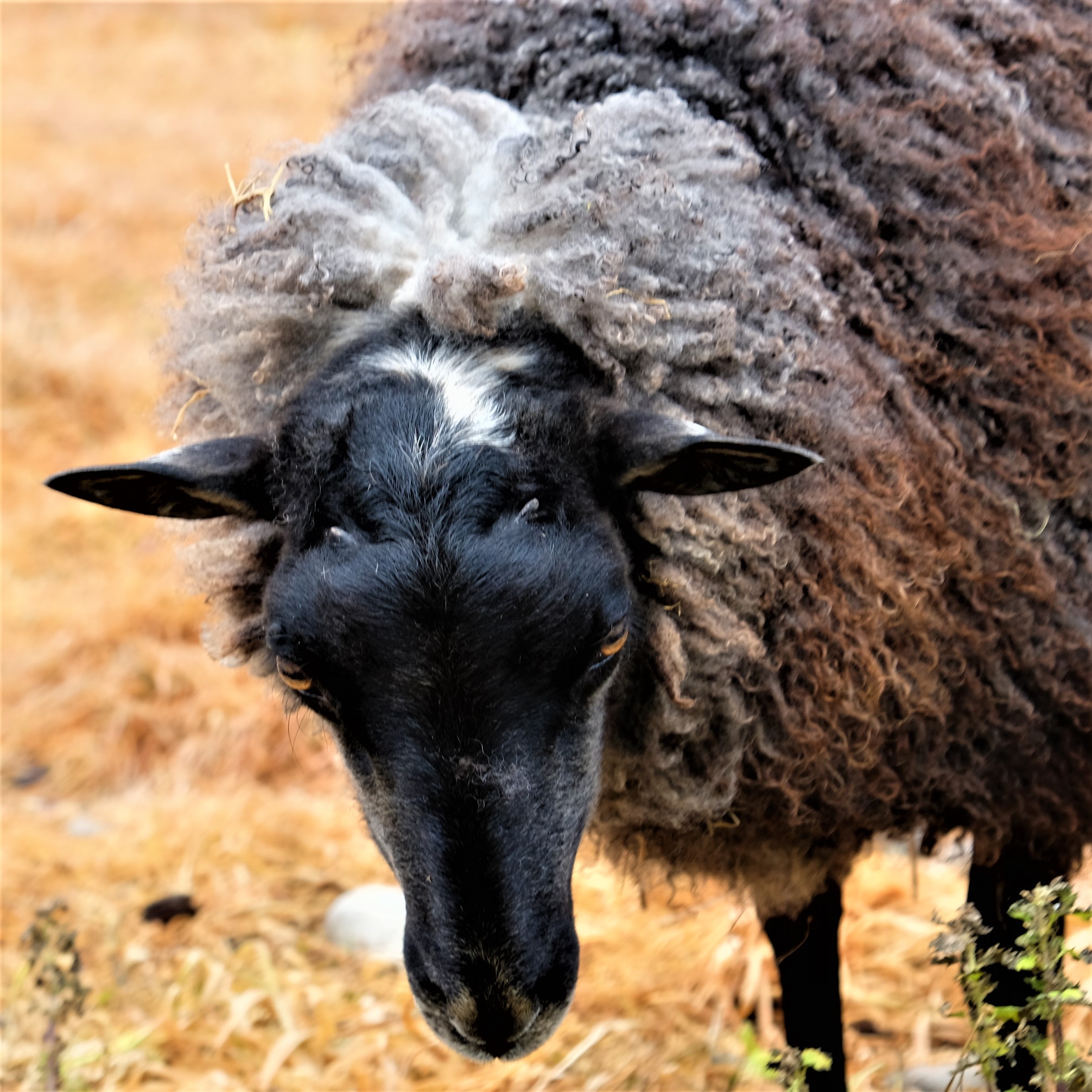
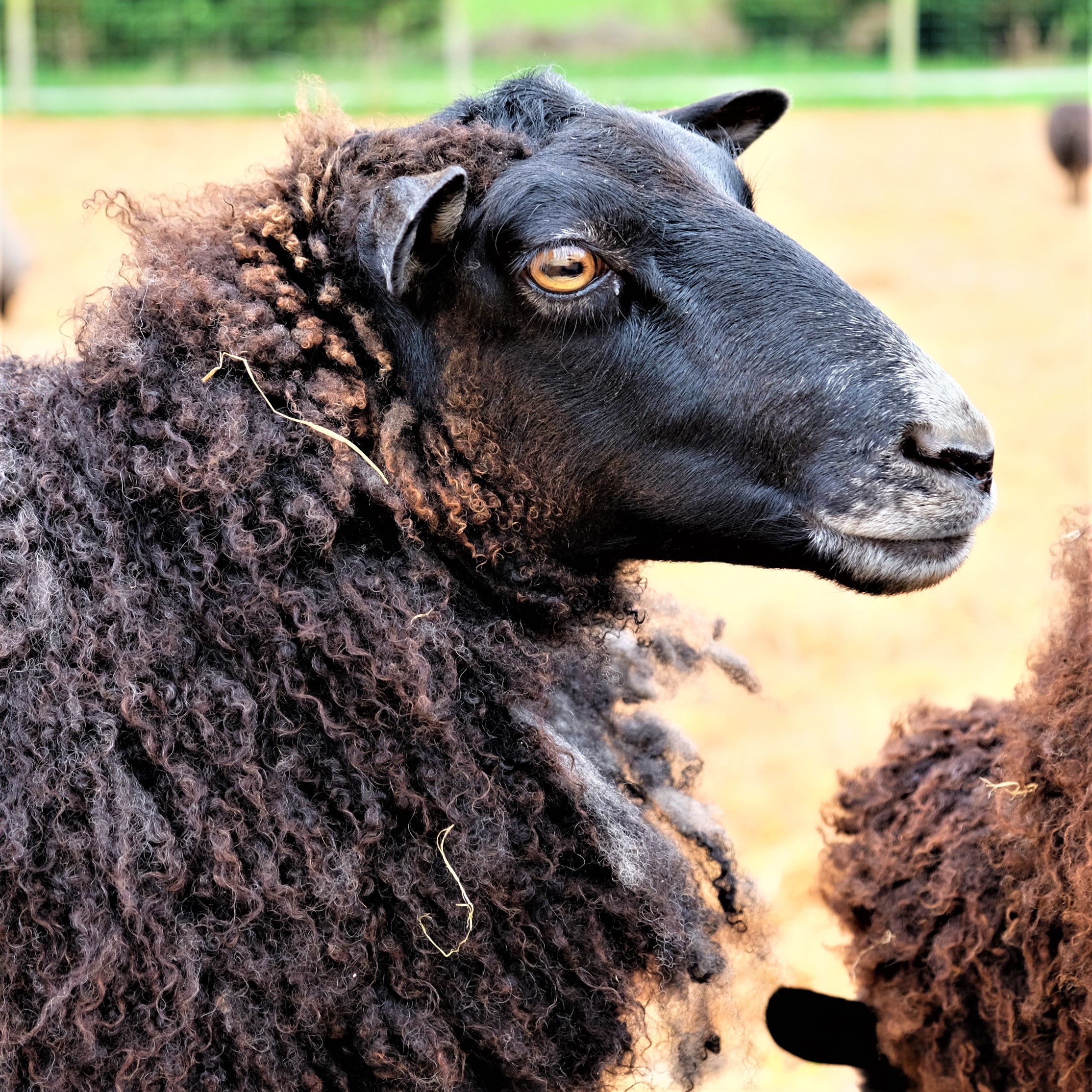



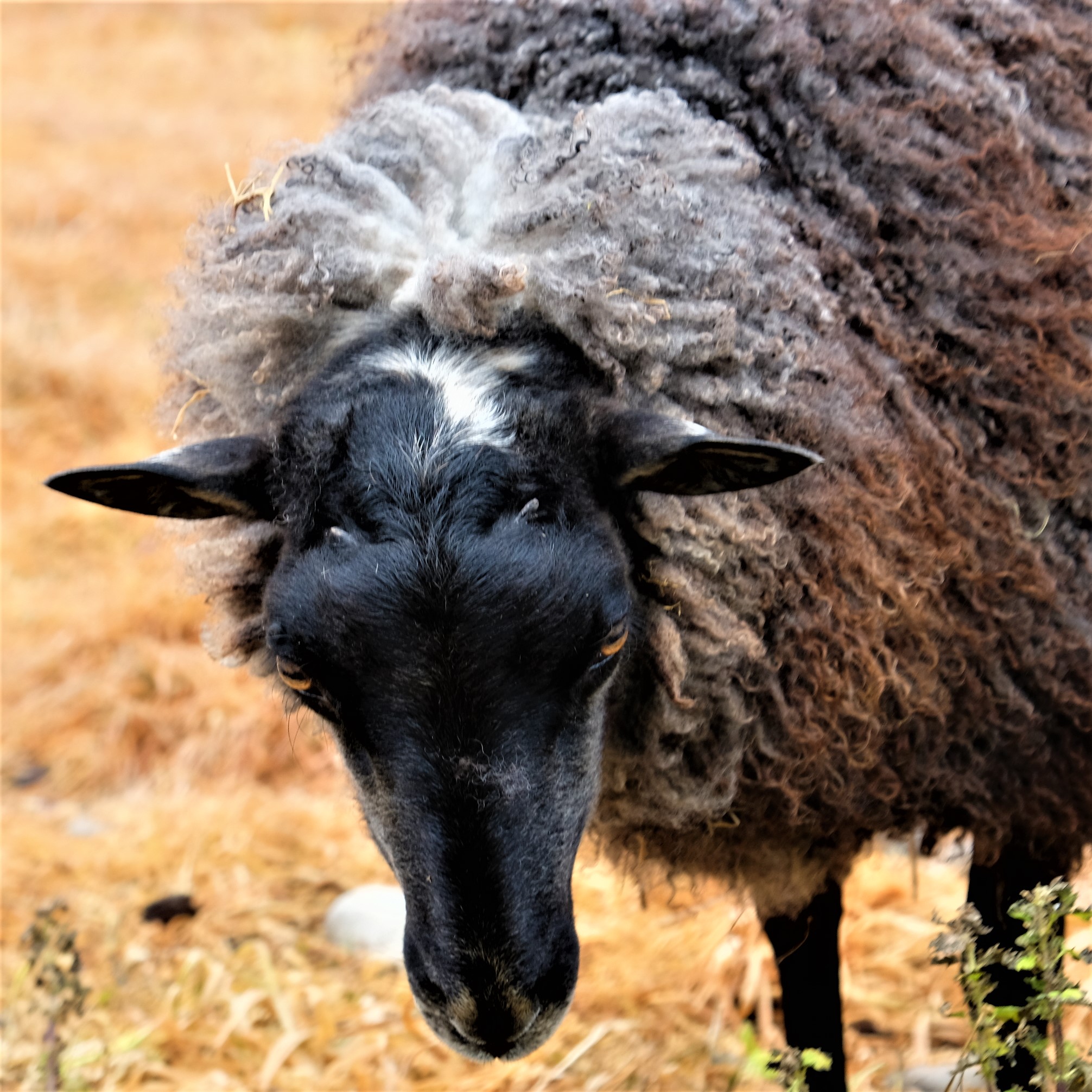
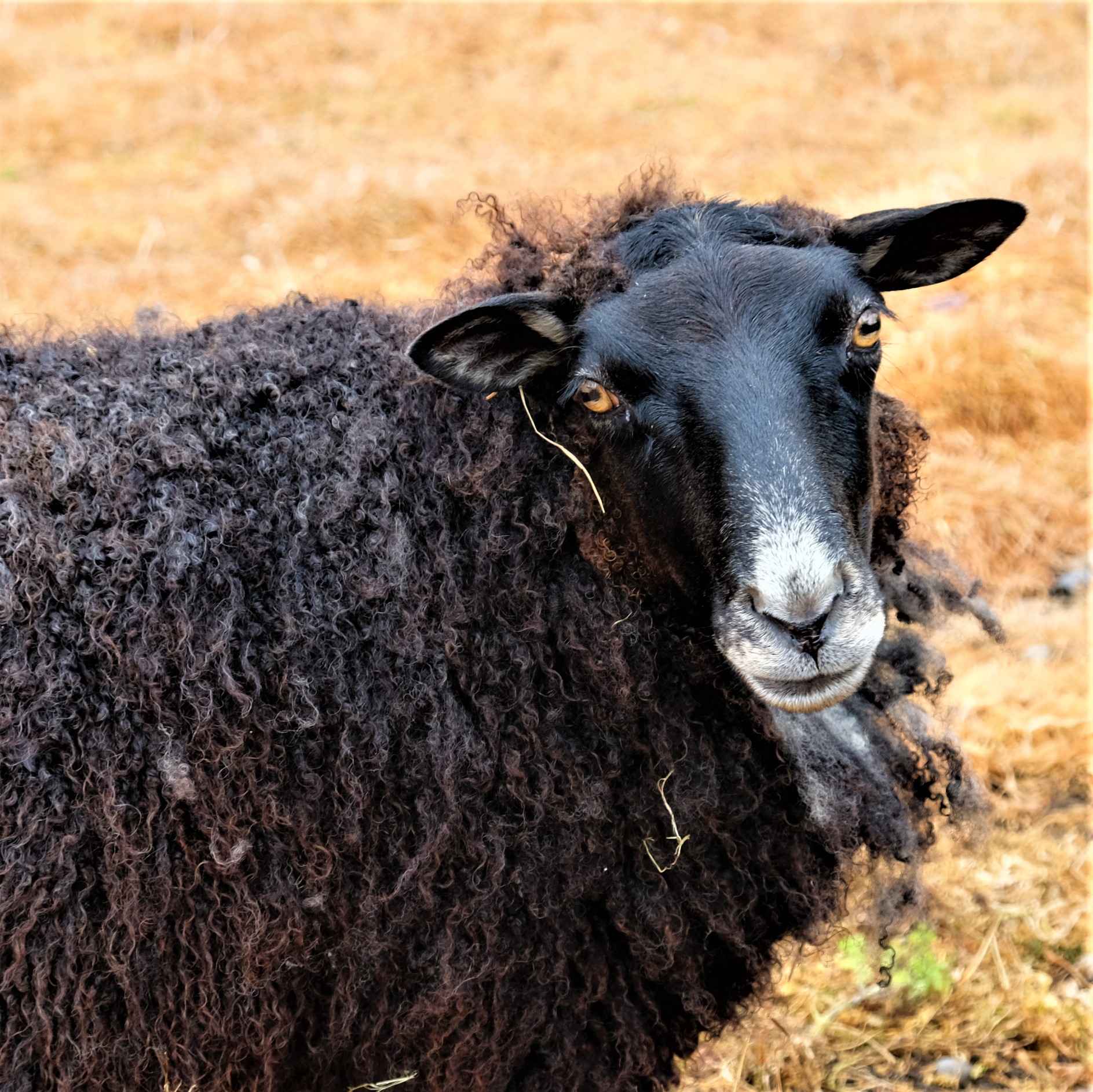
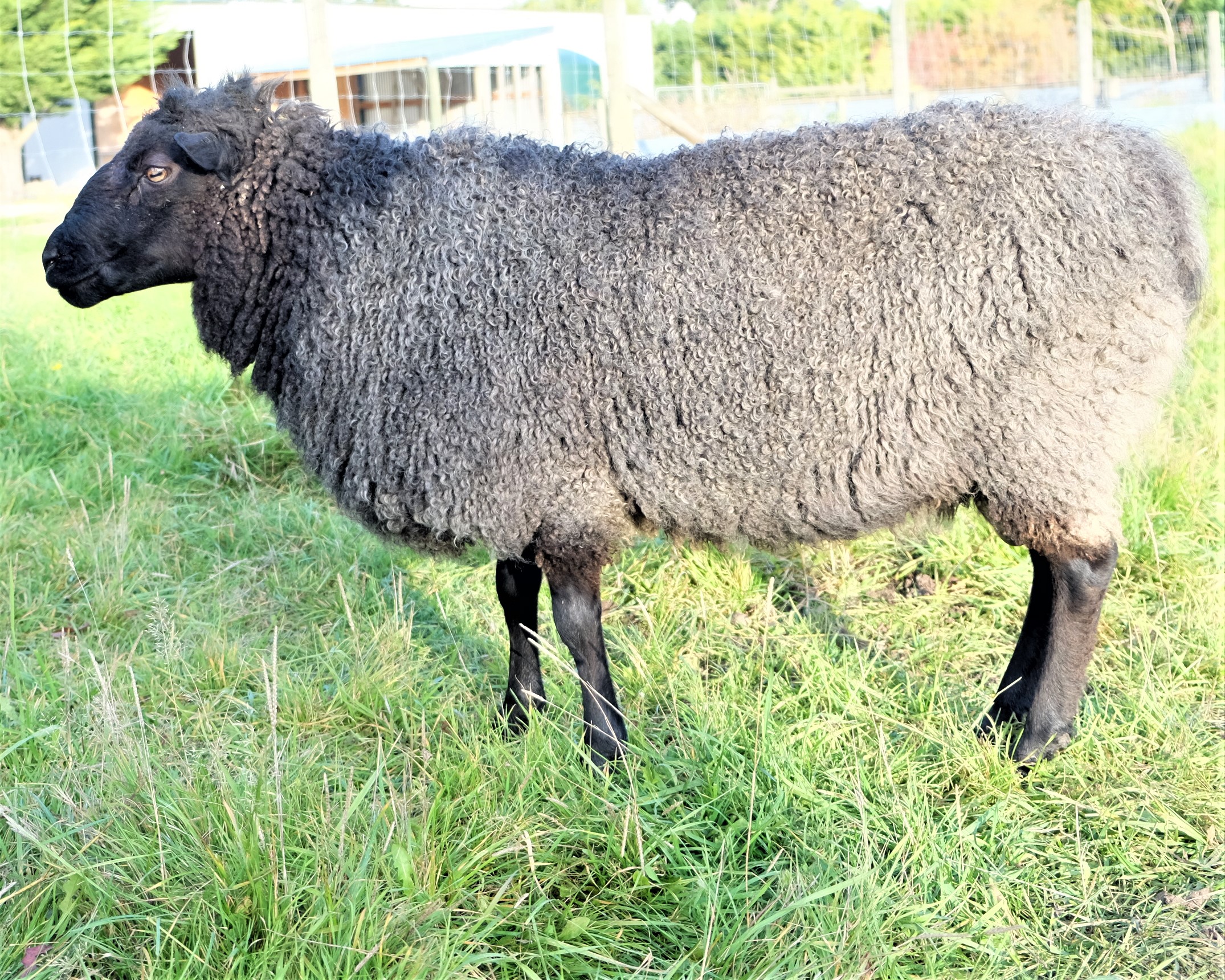
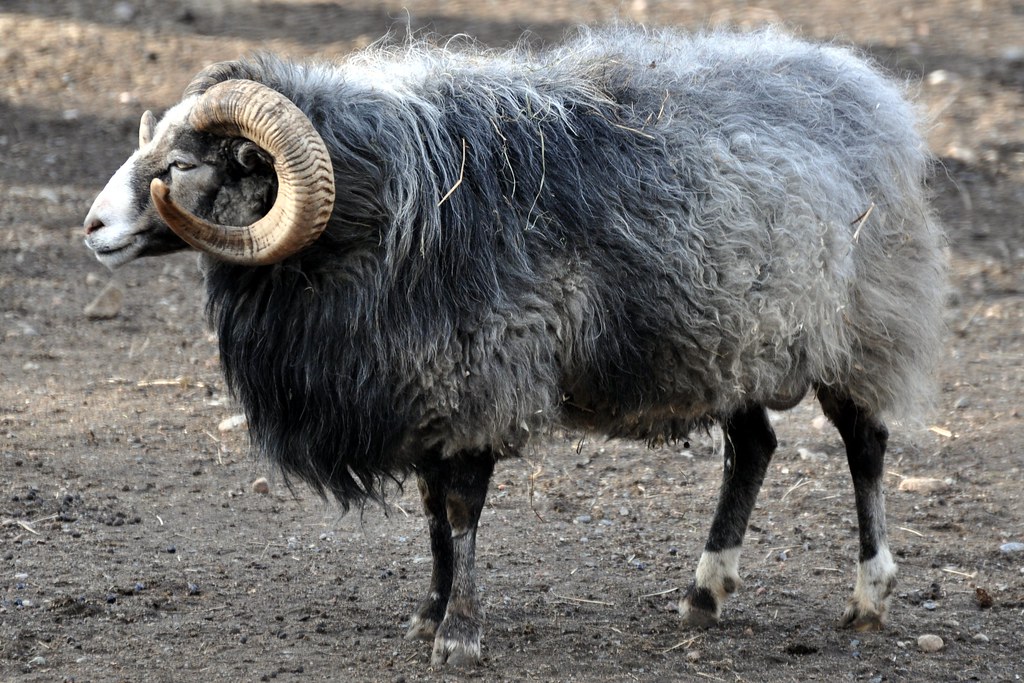

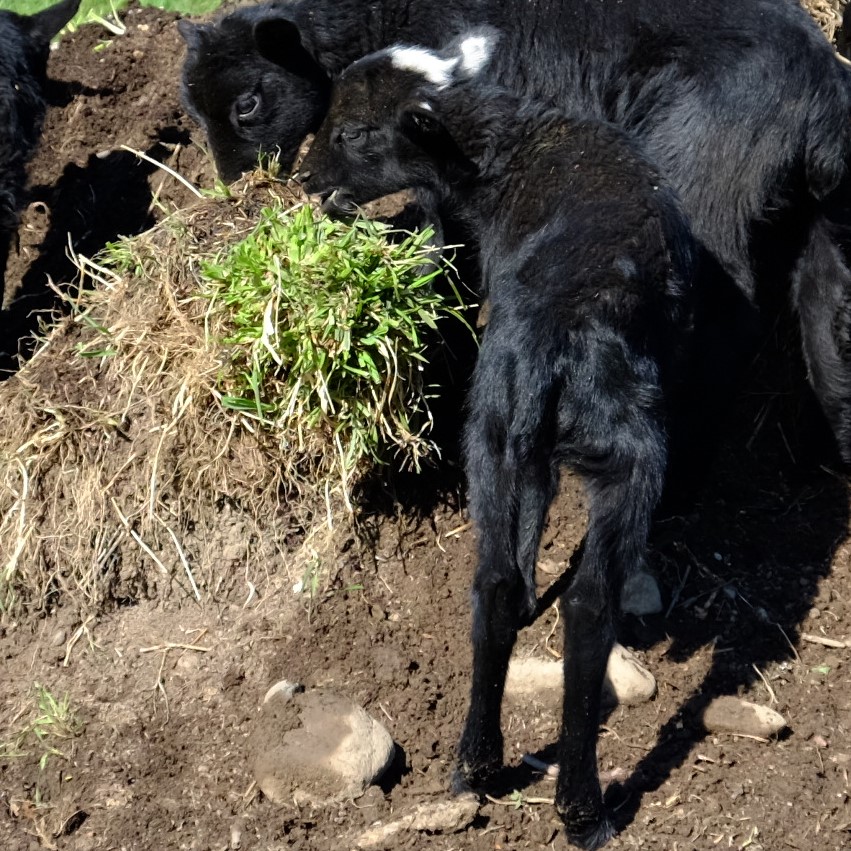
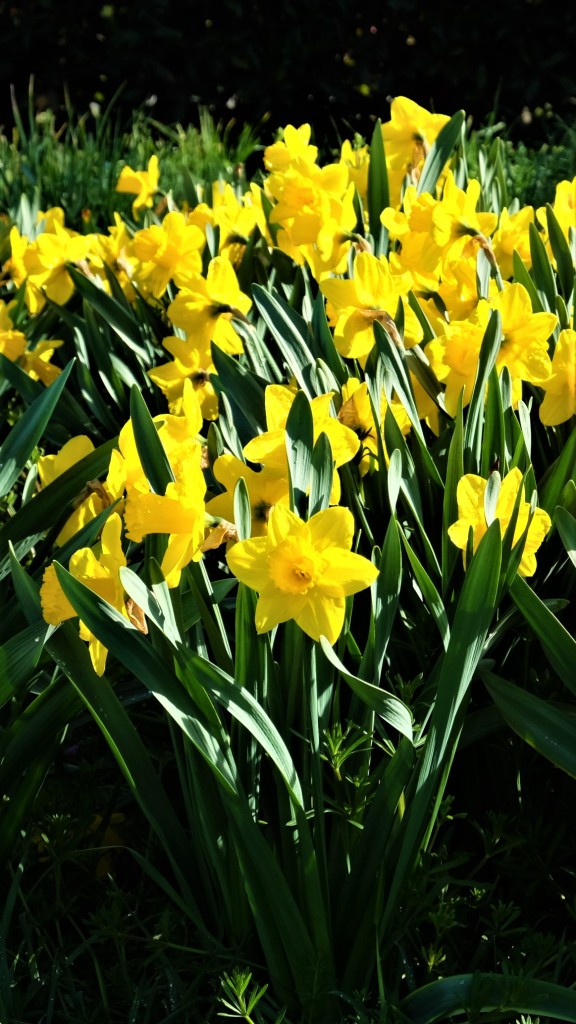
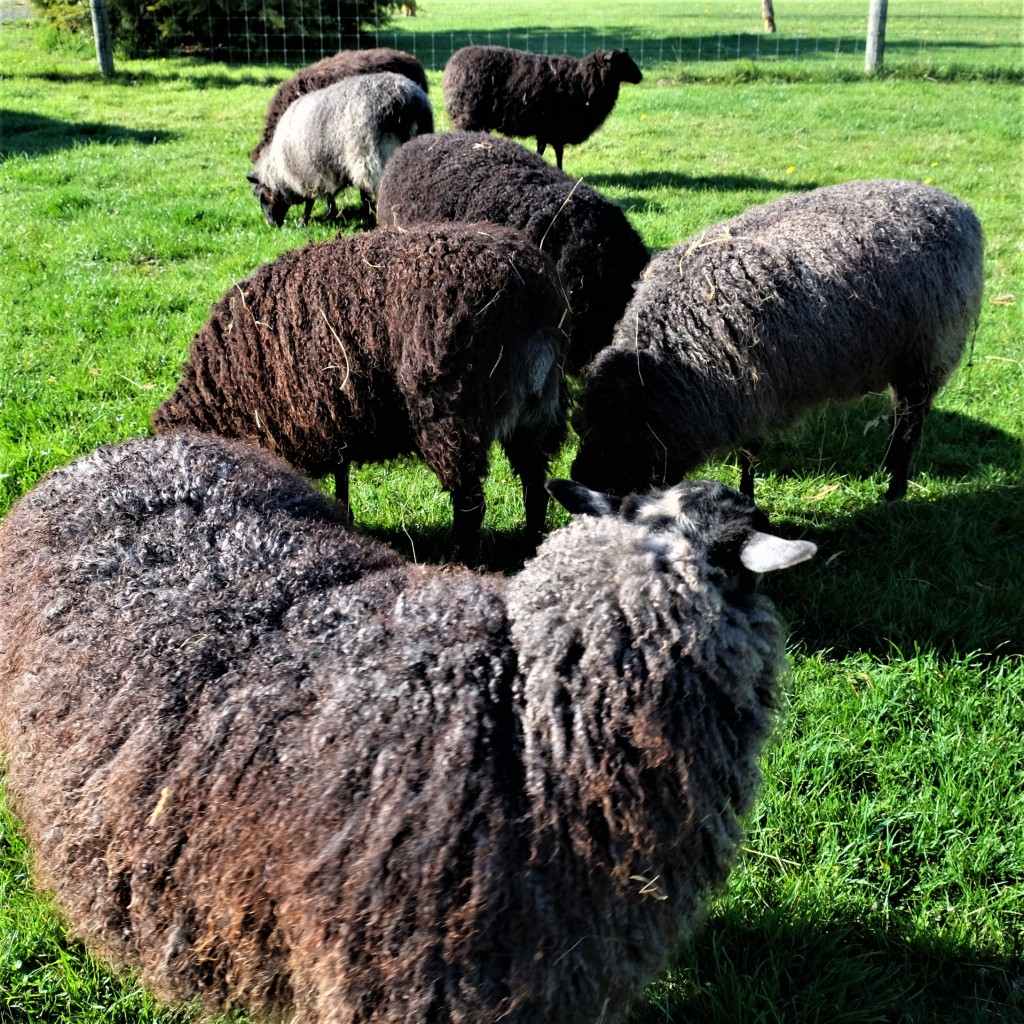
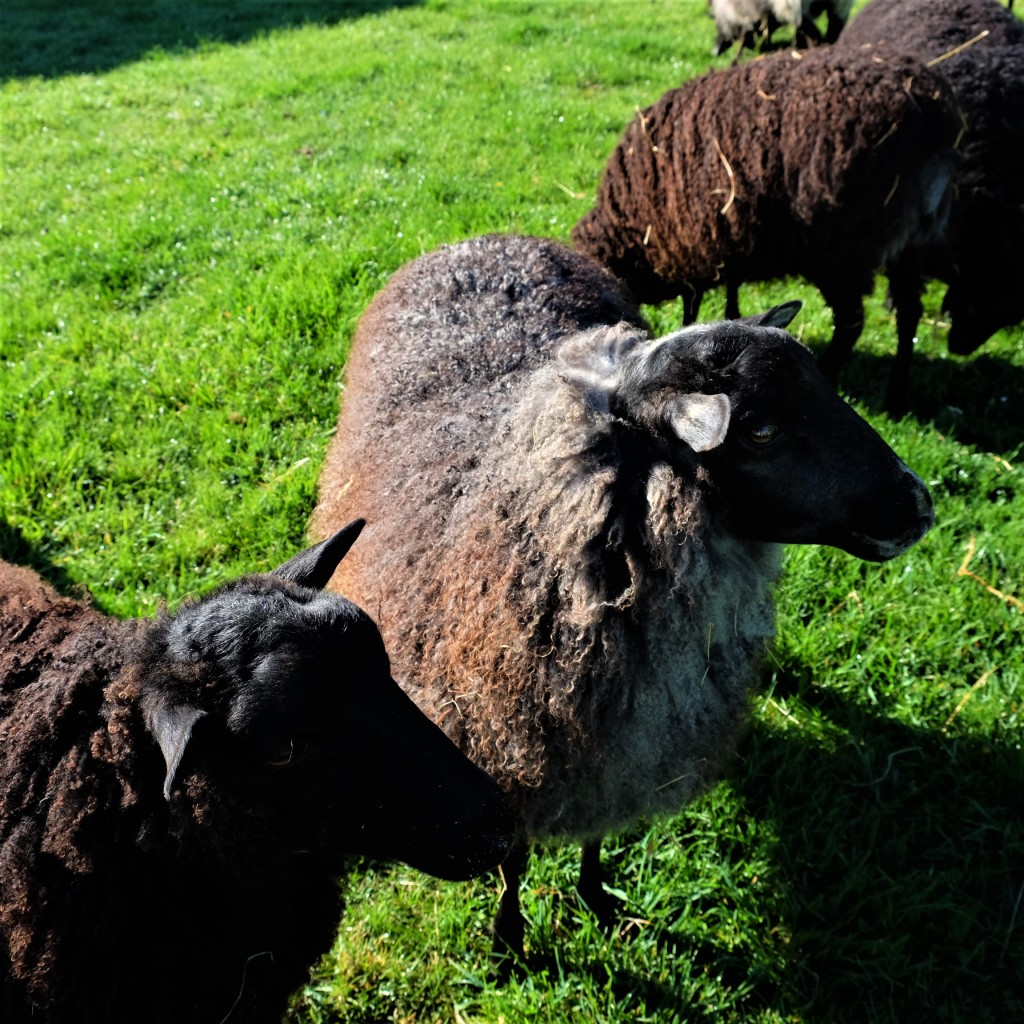
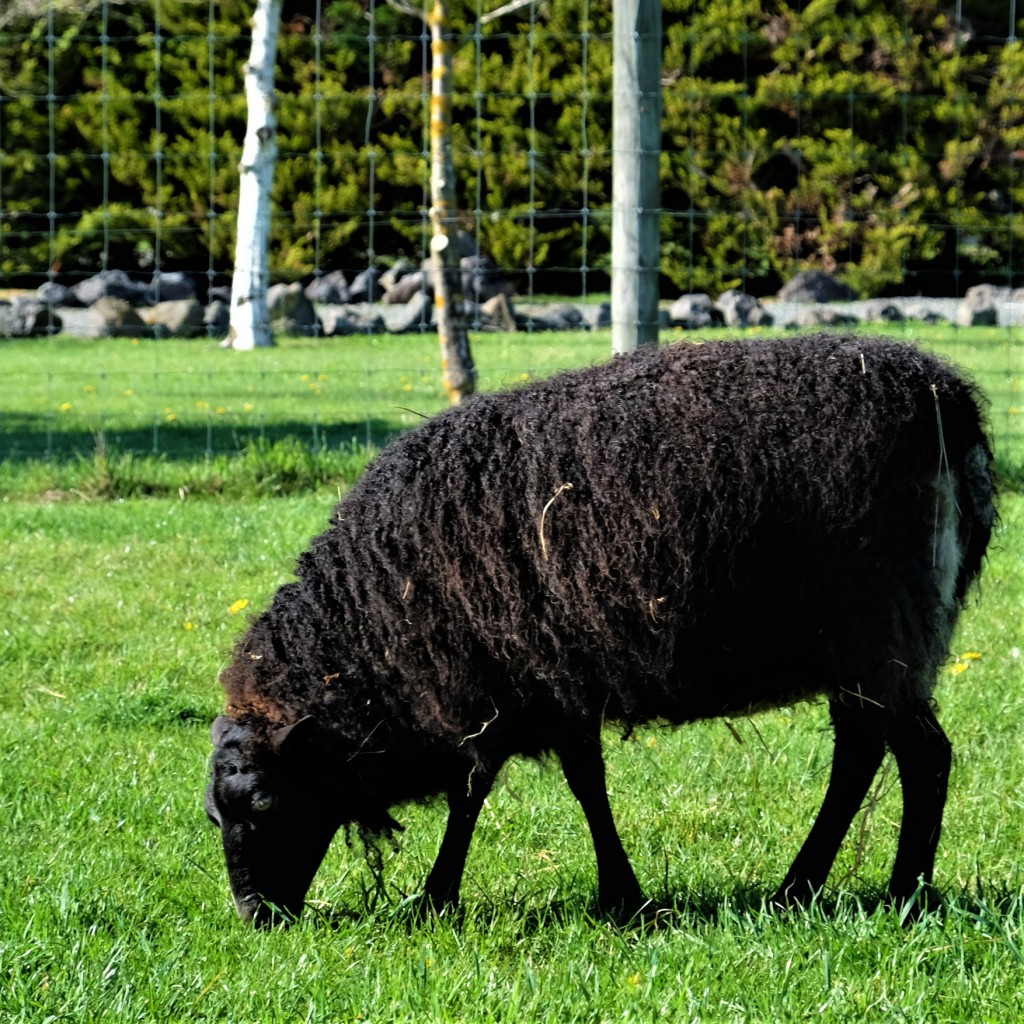
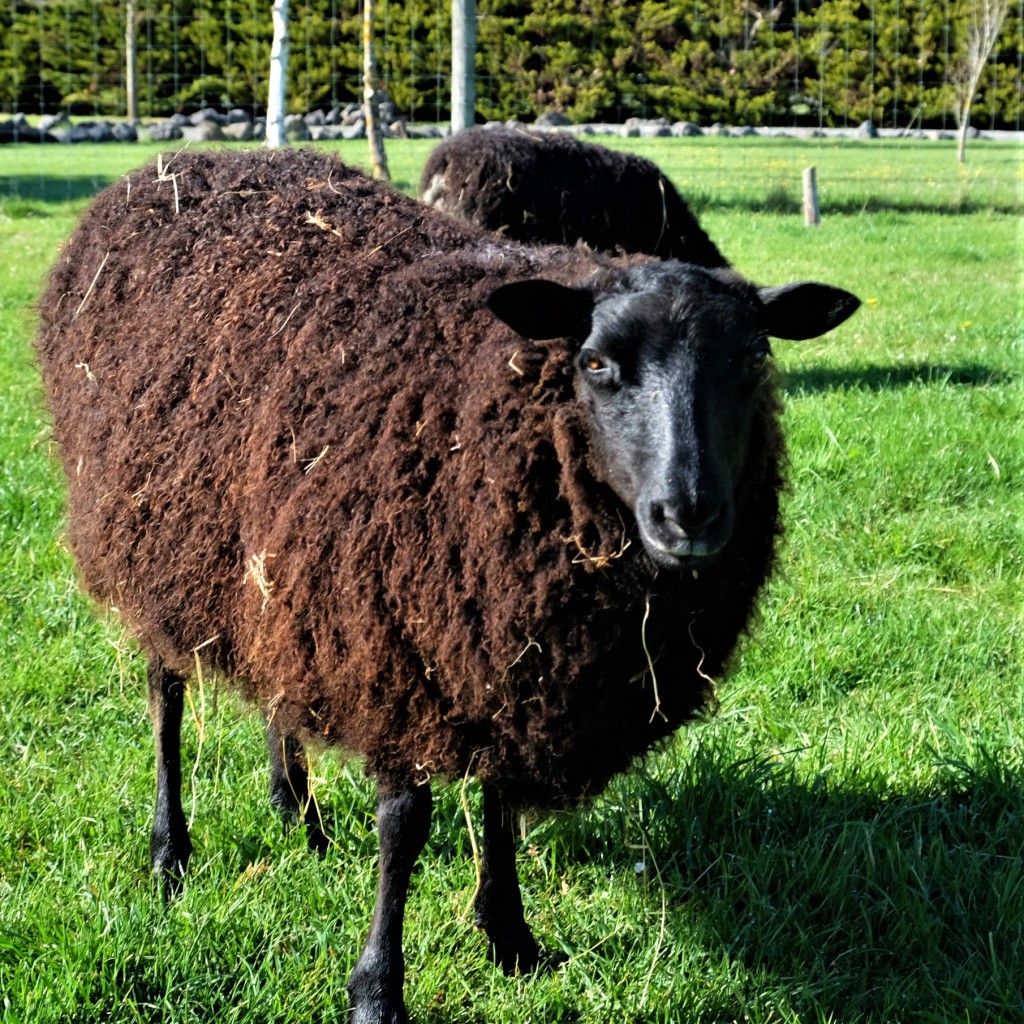
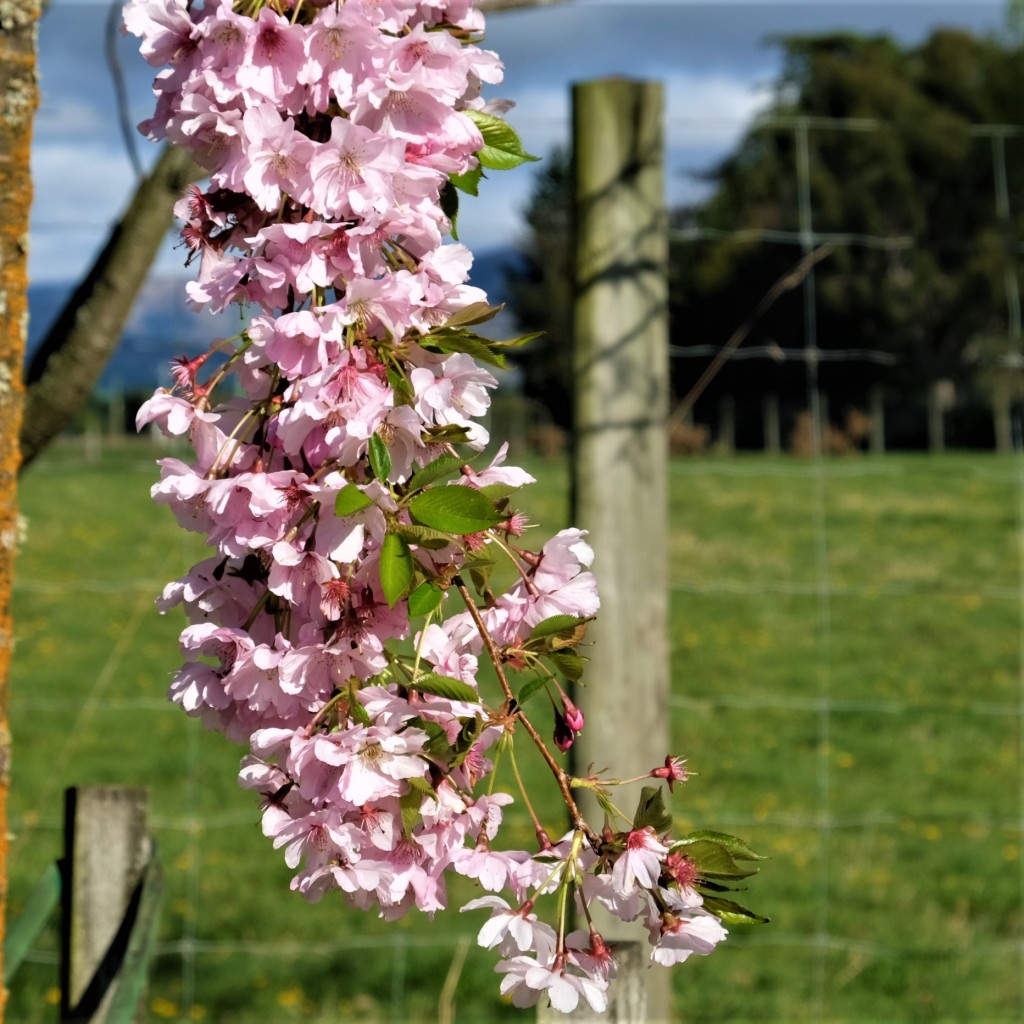
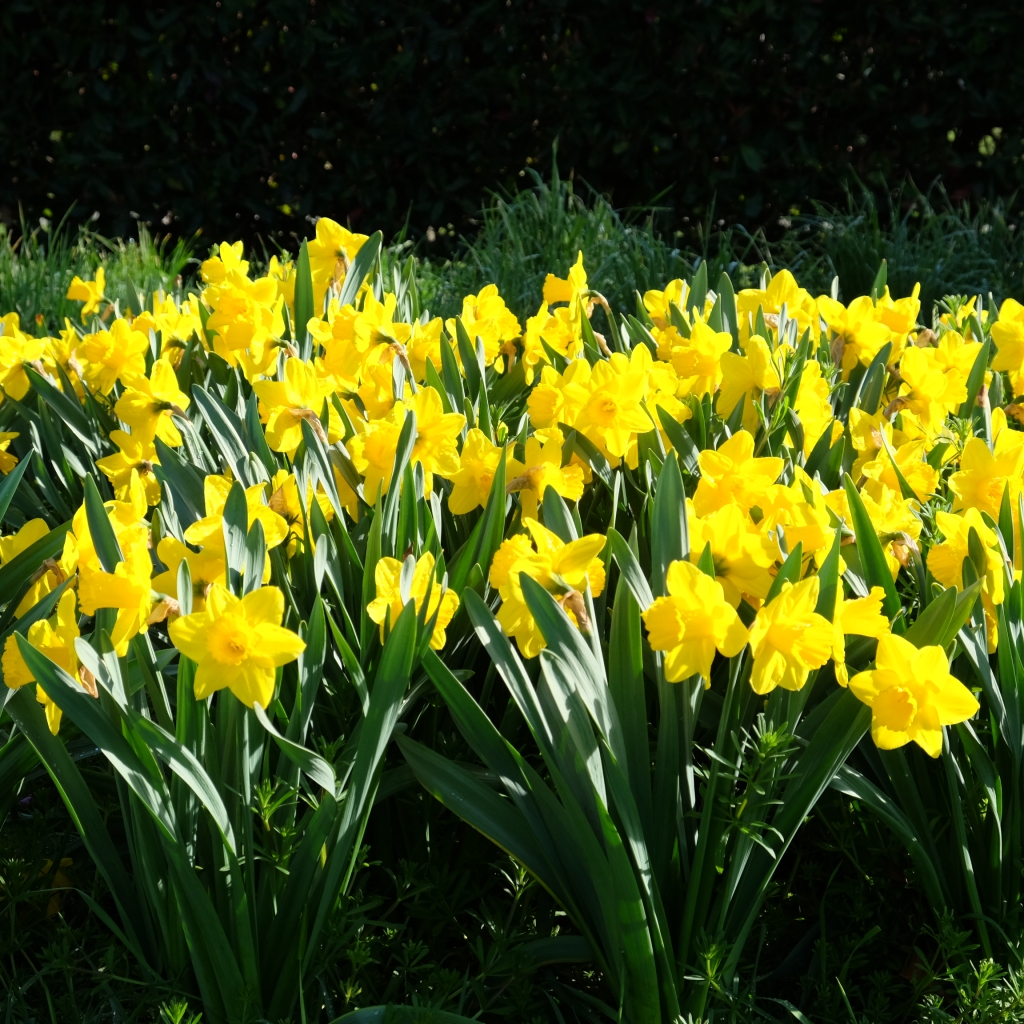
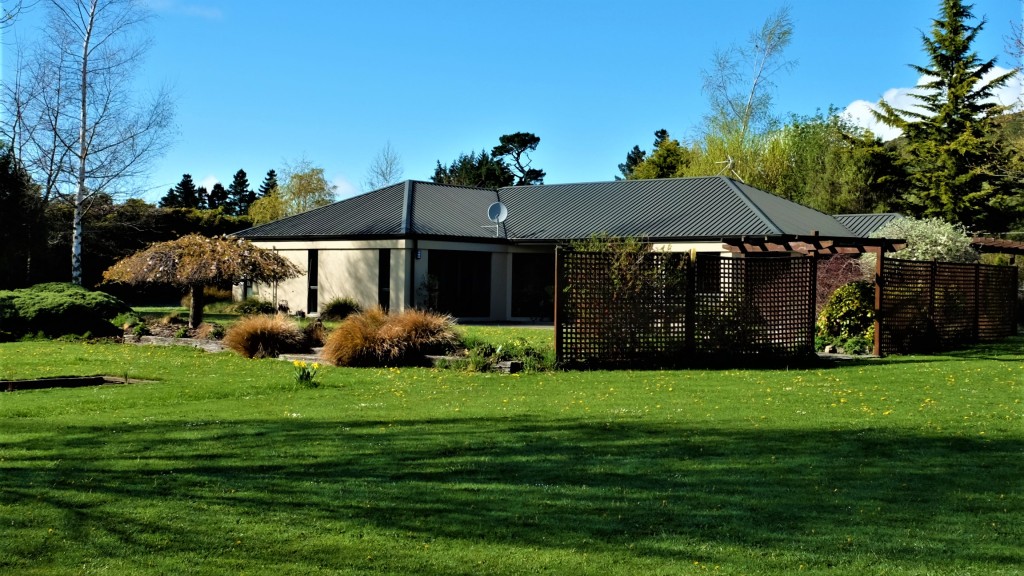
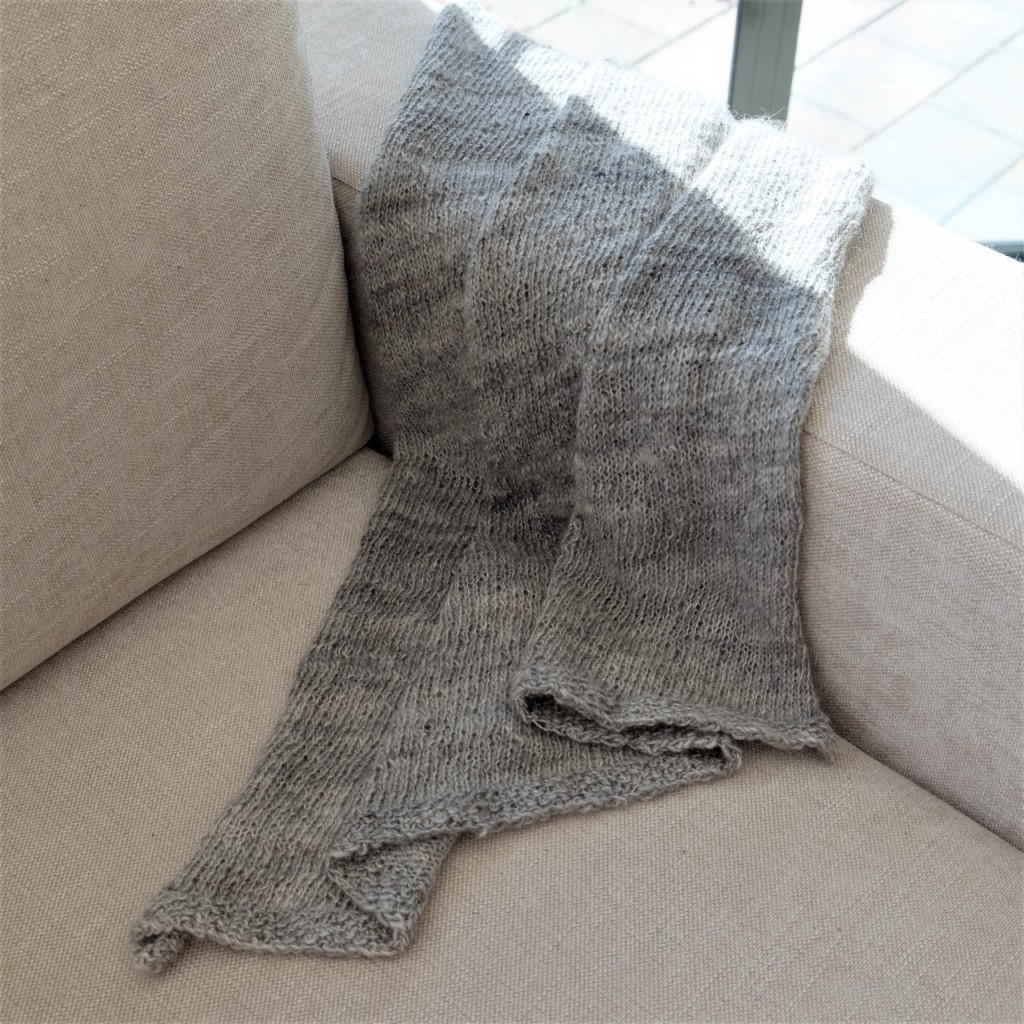
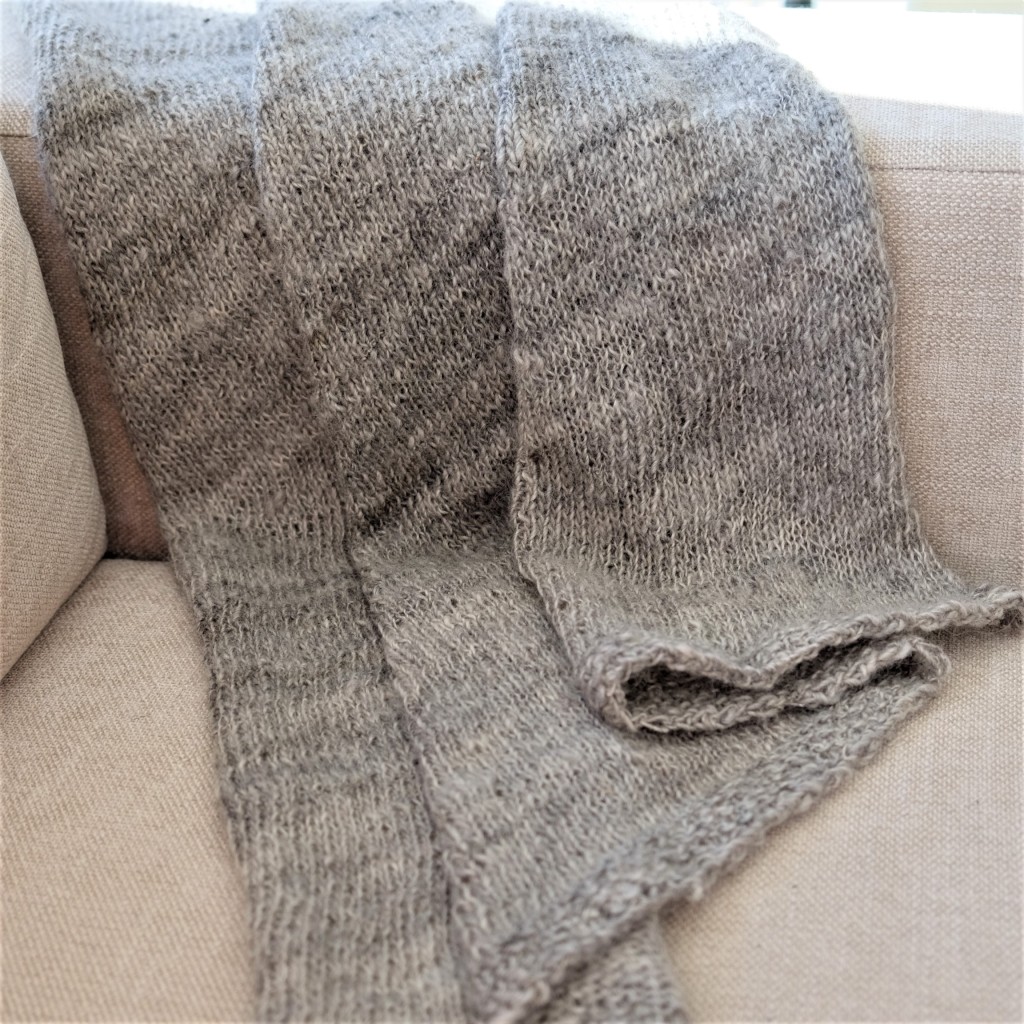


Hi Jackie, Thanks for your comments and yes I must post the outcomes on spinning and knitting the alpaca. regards…